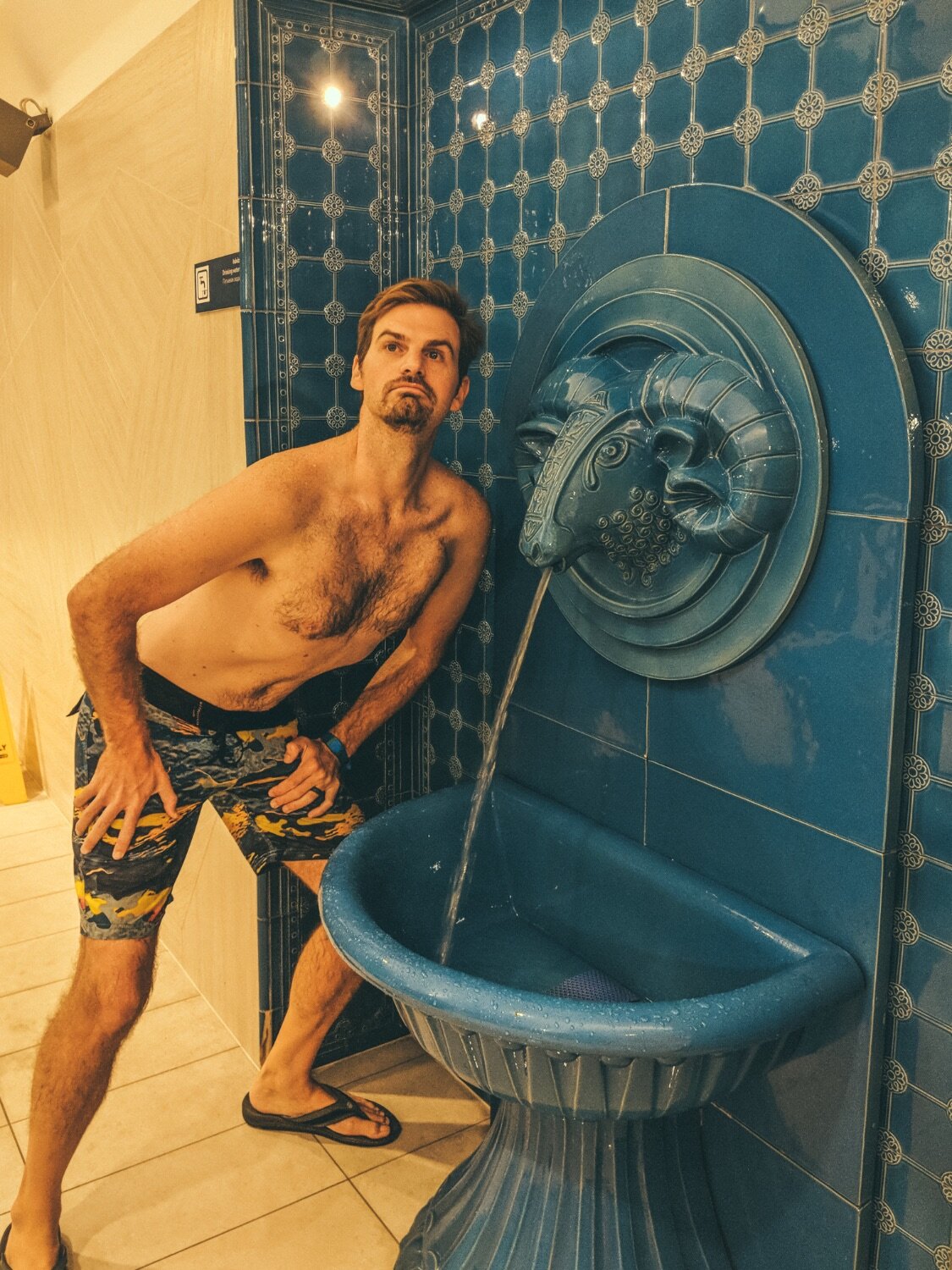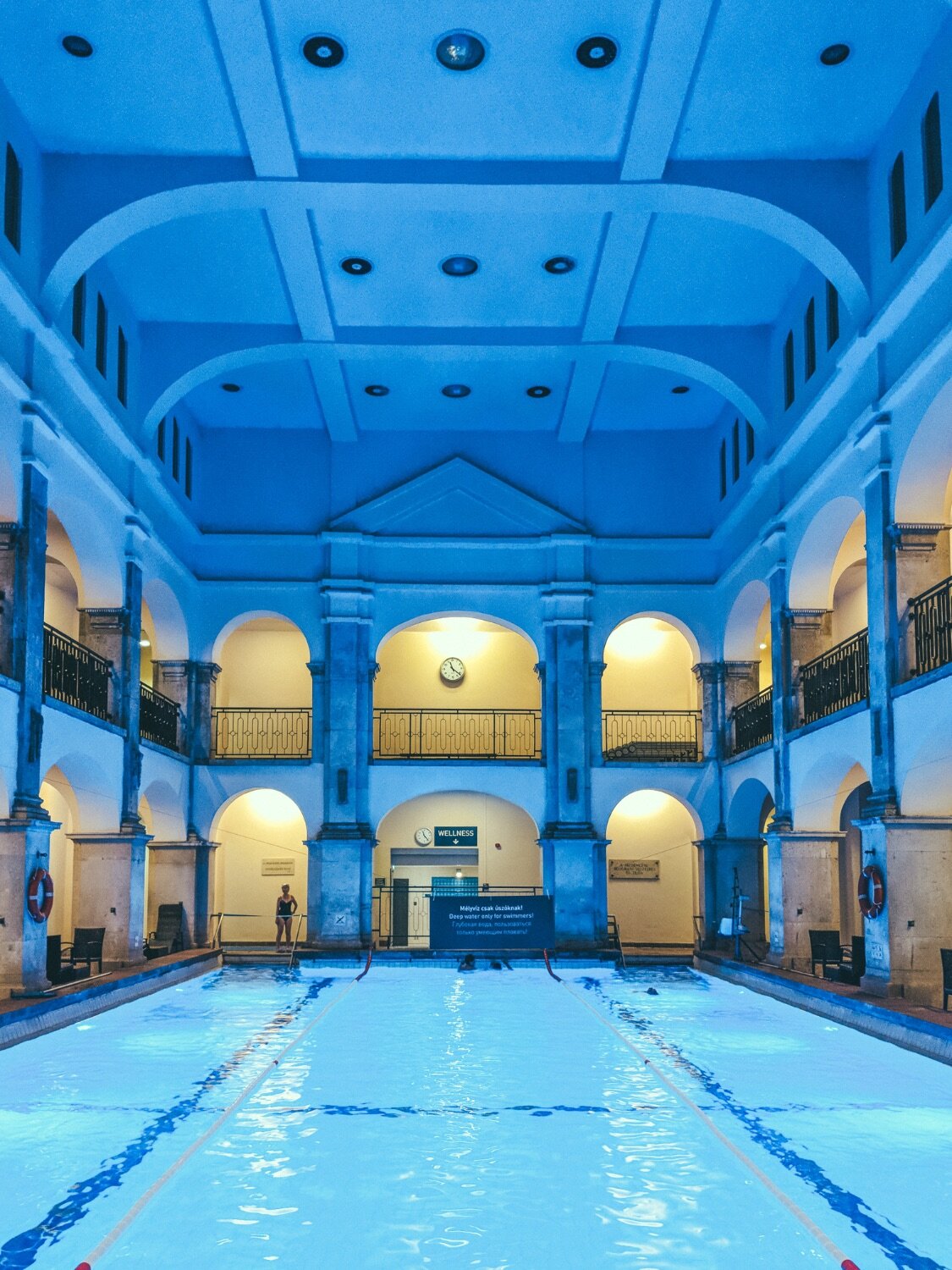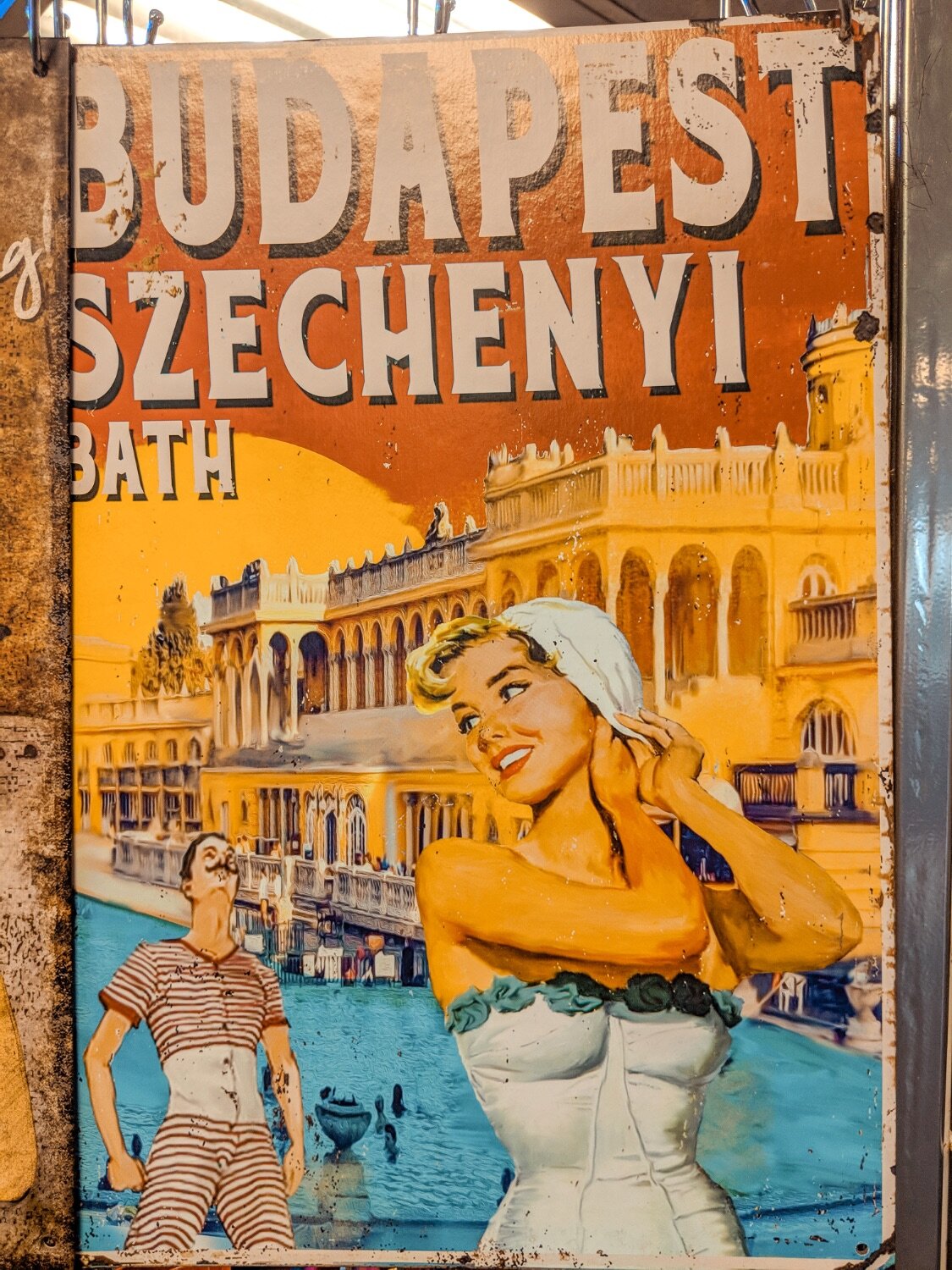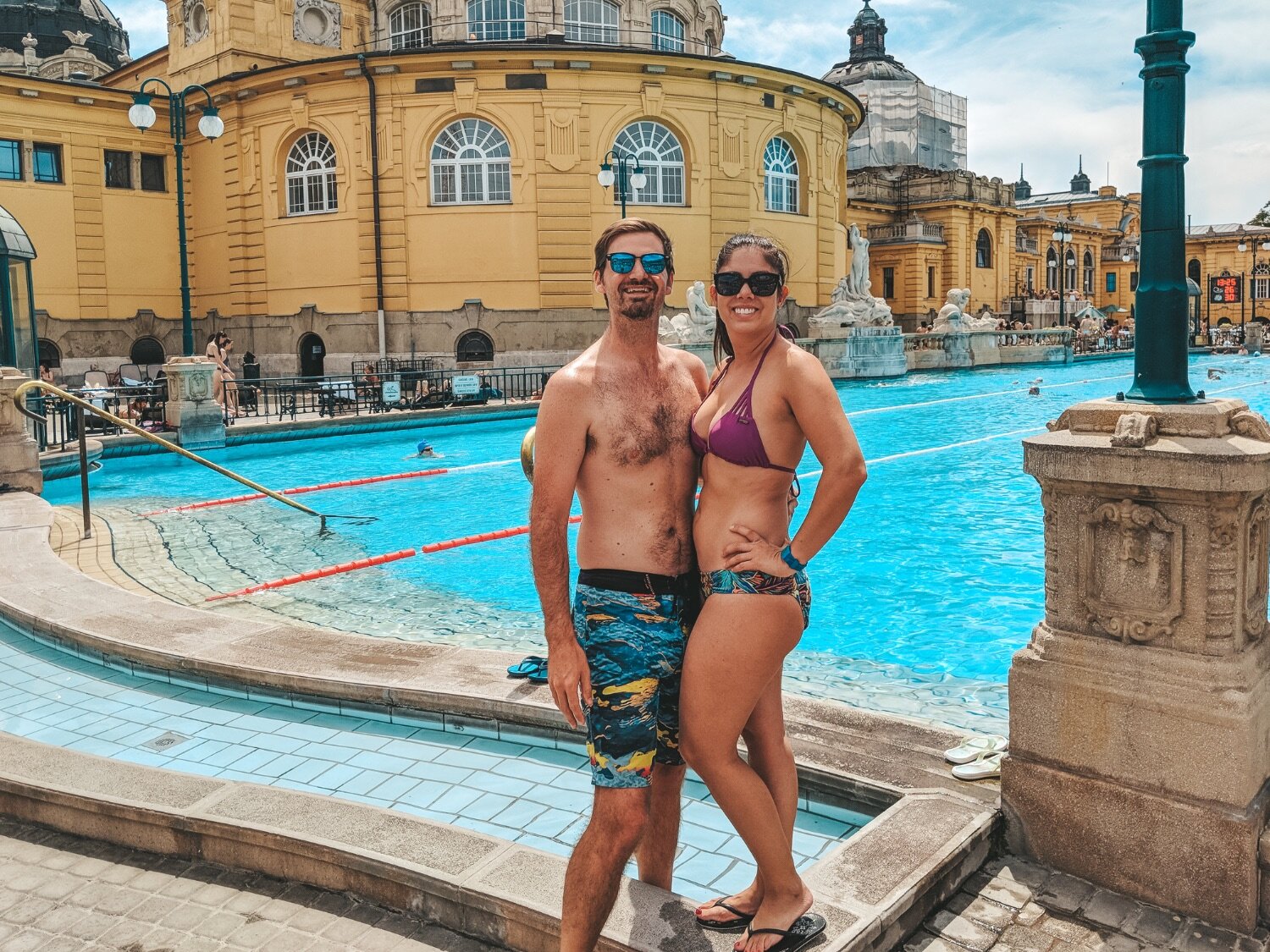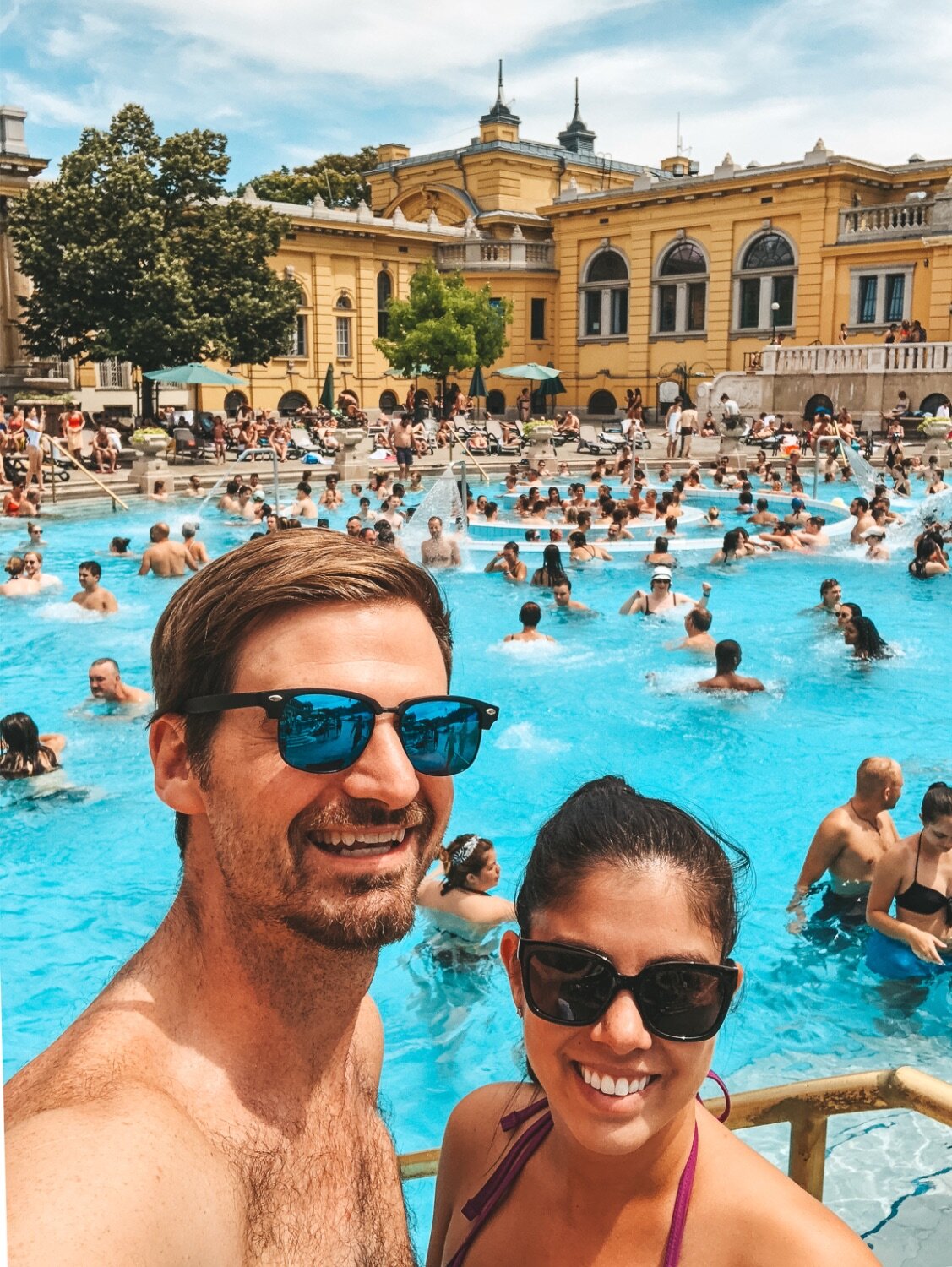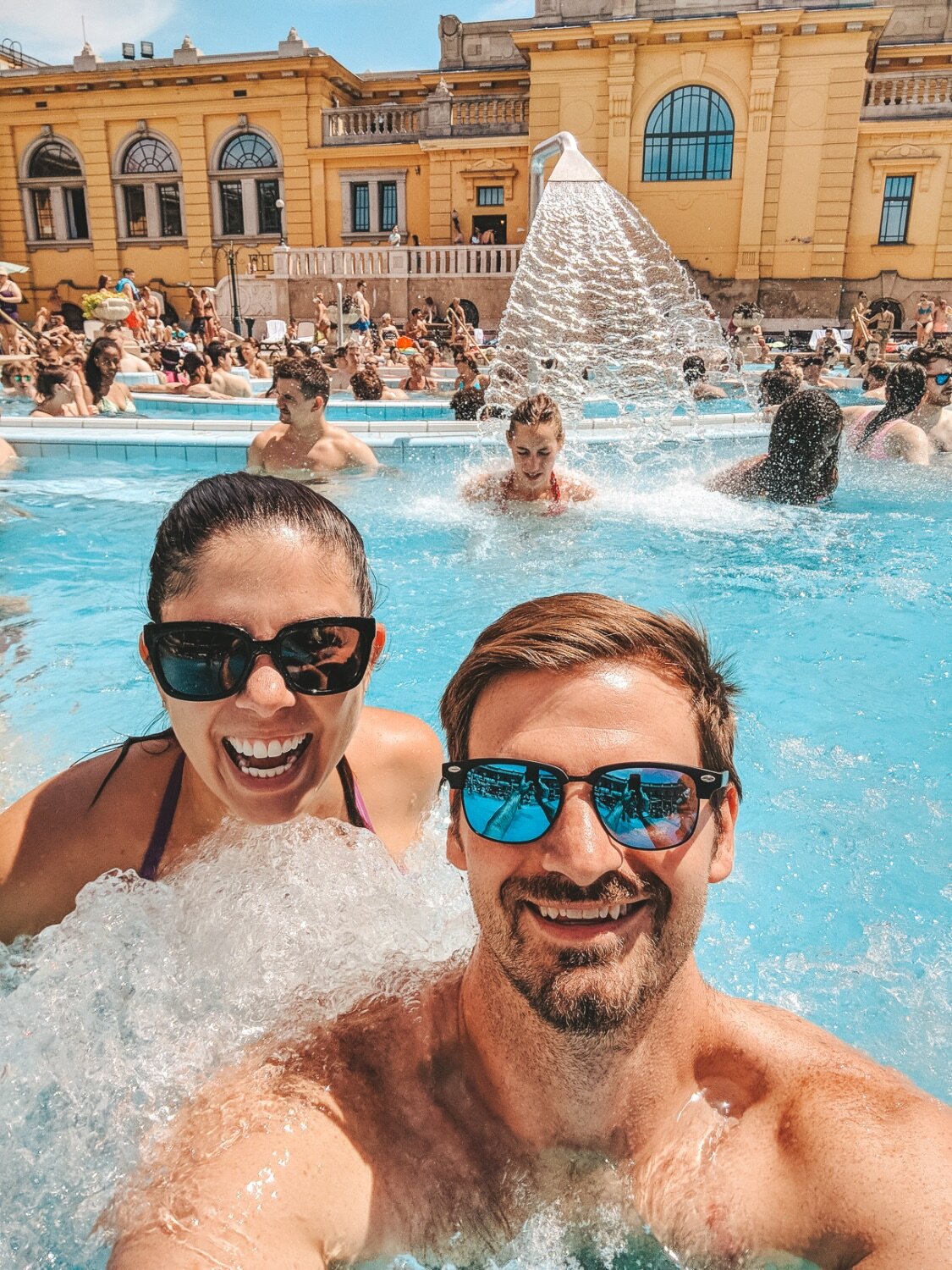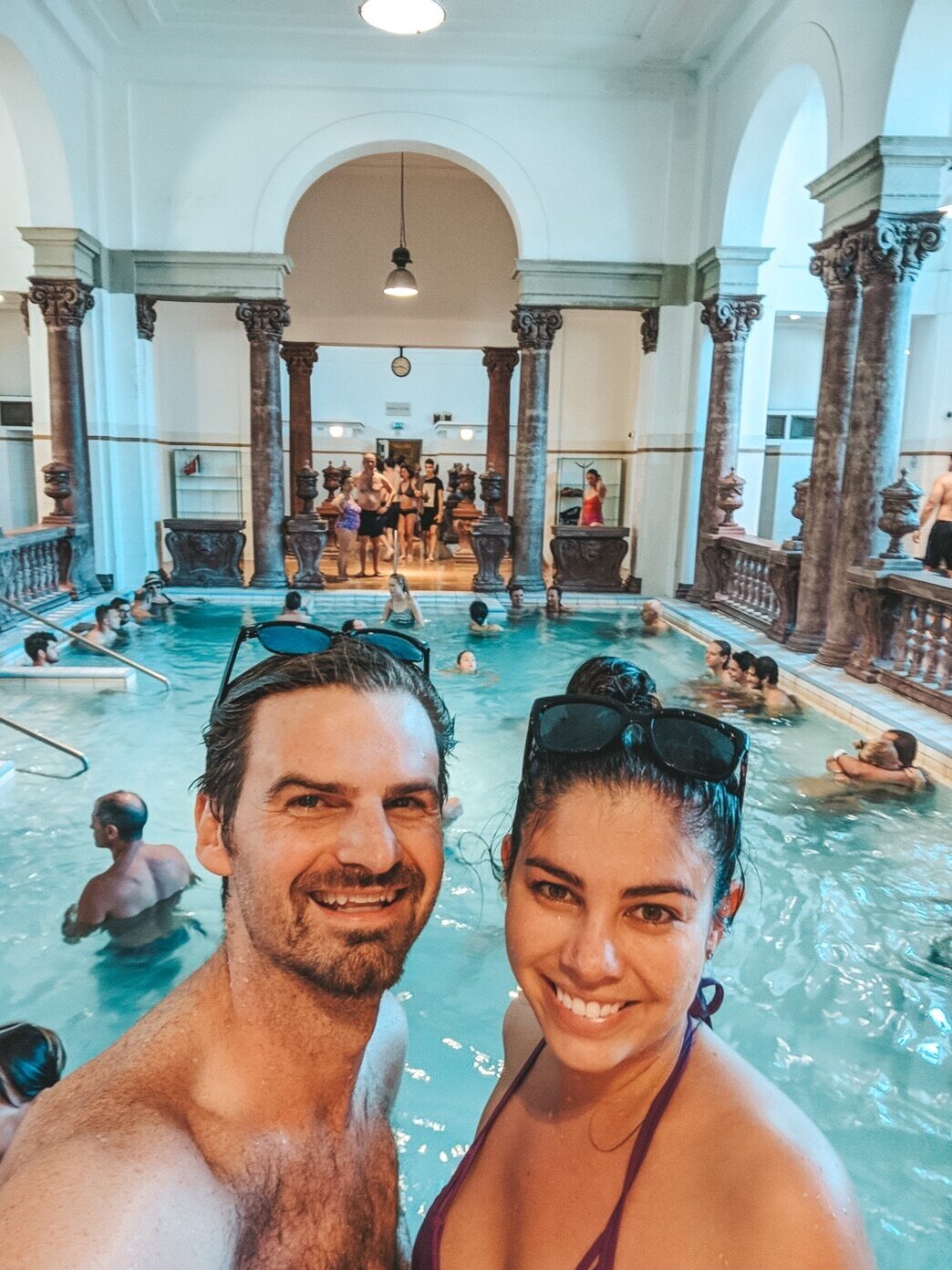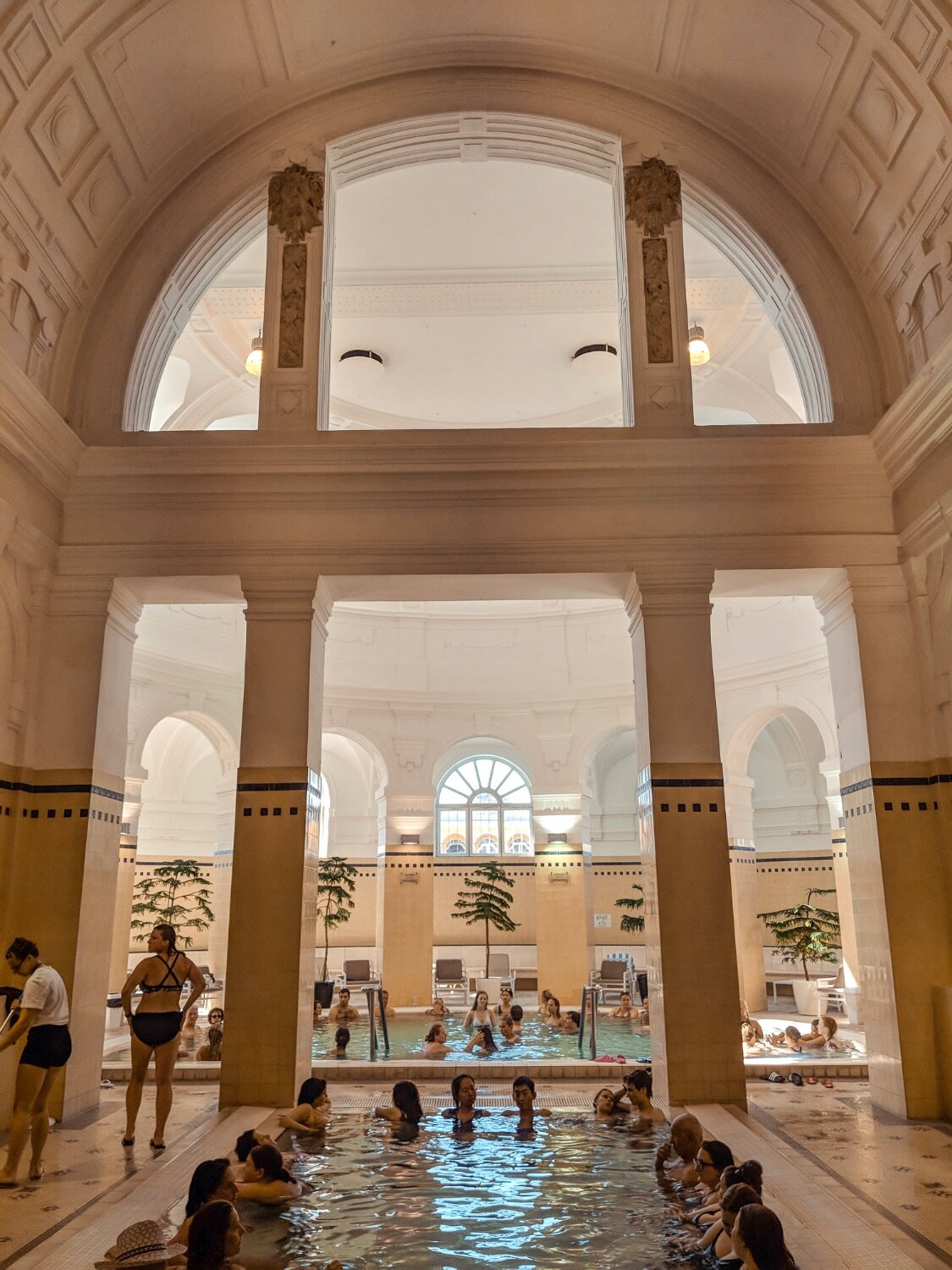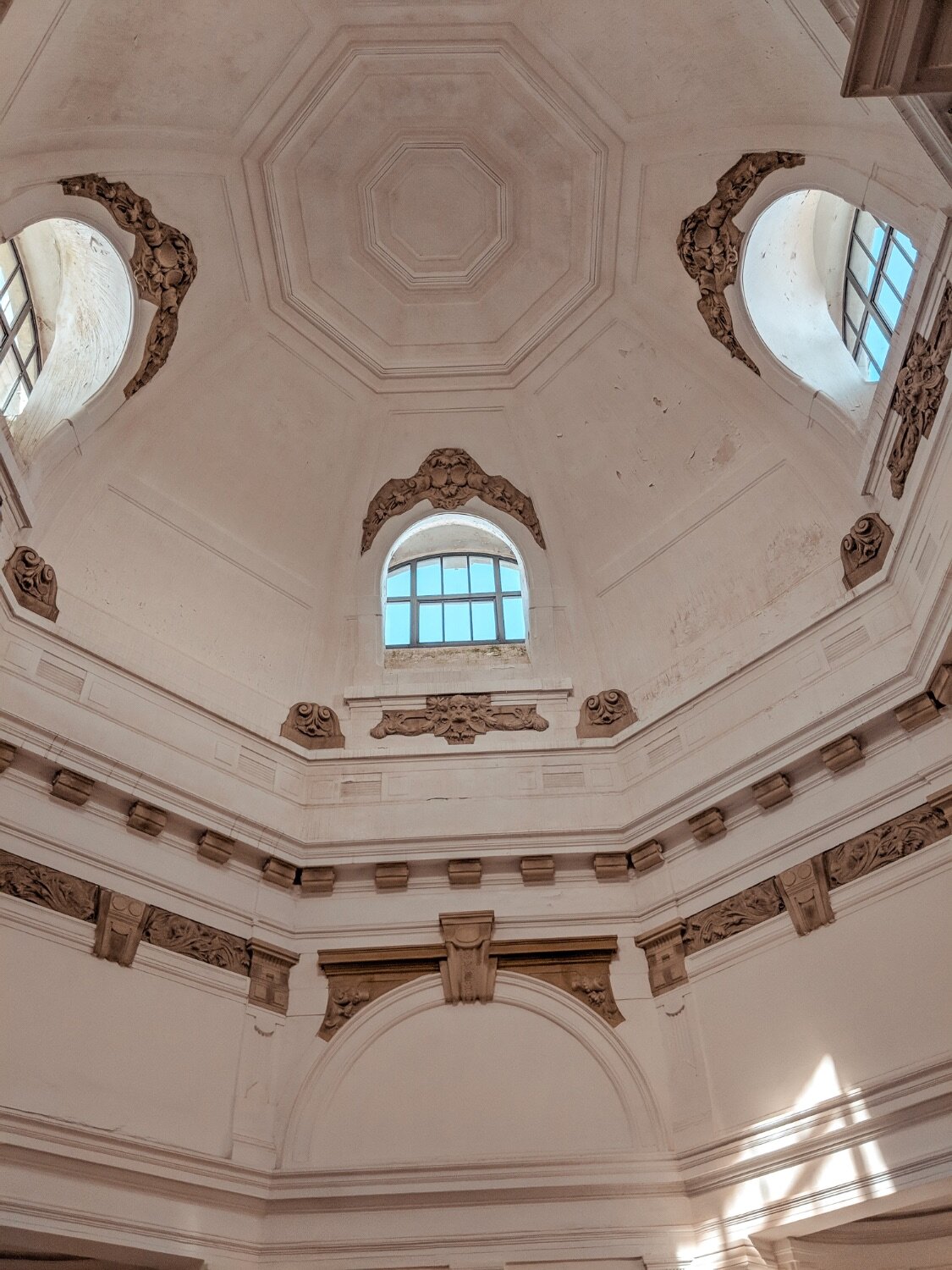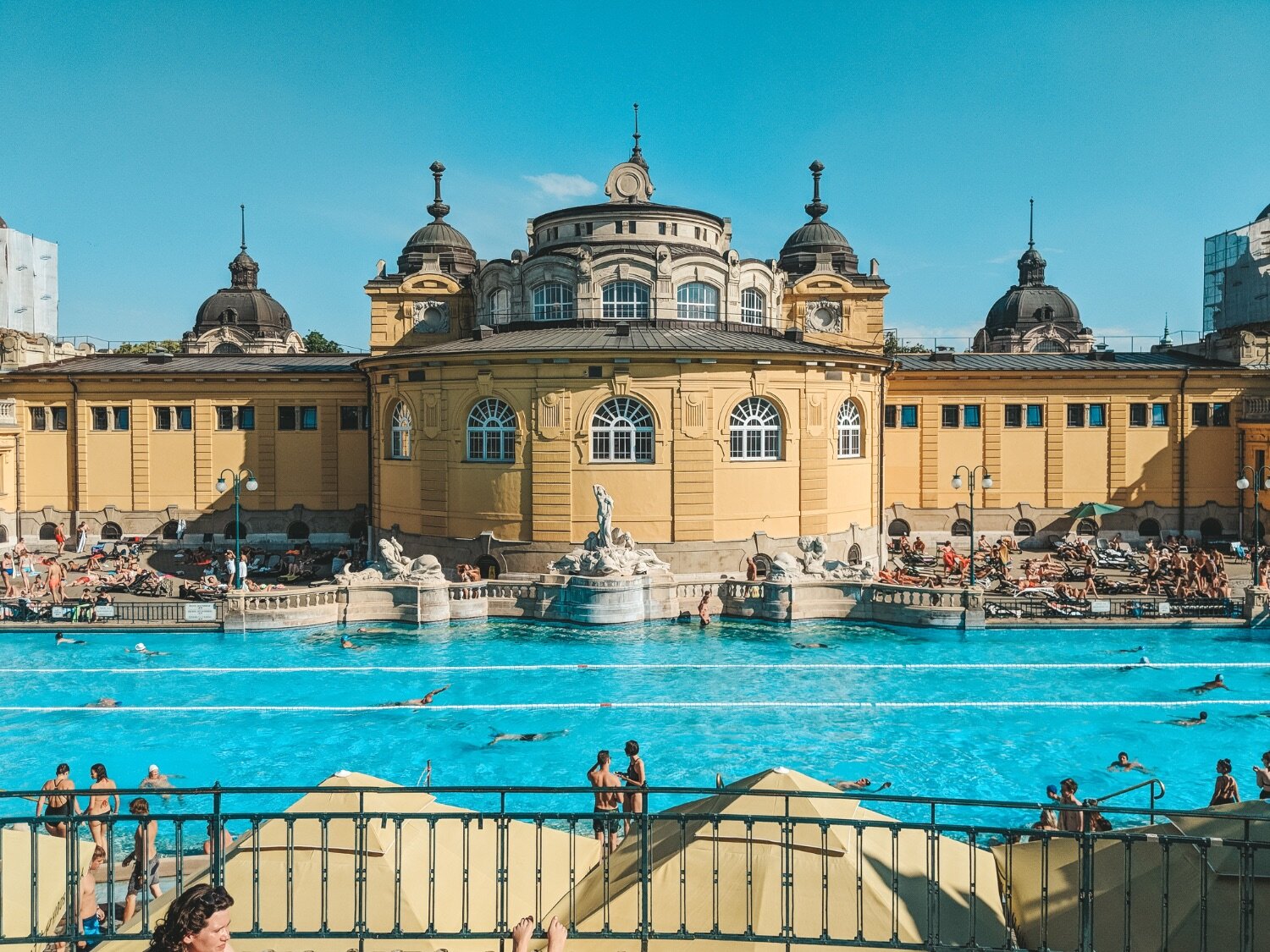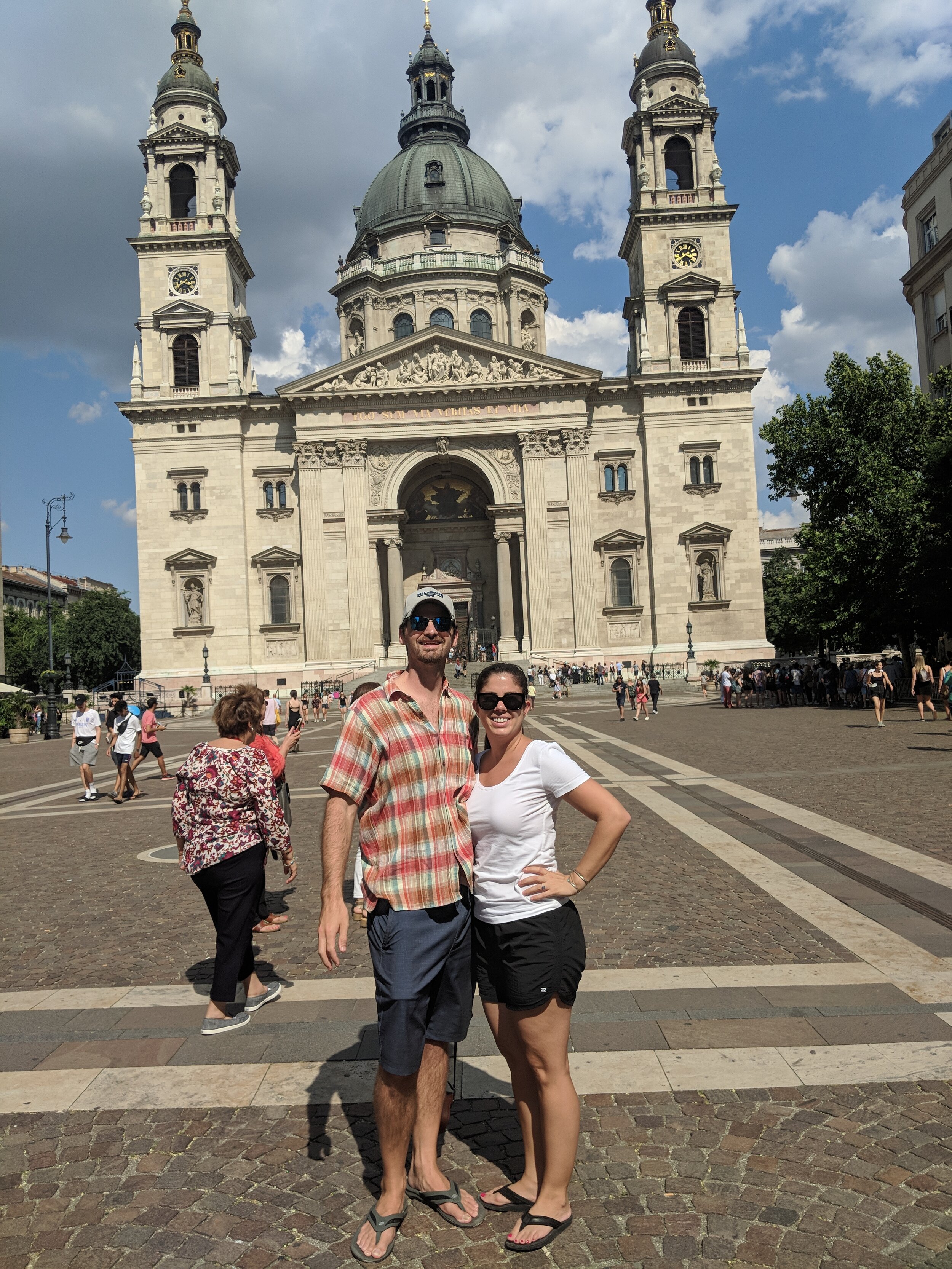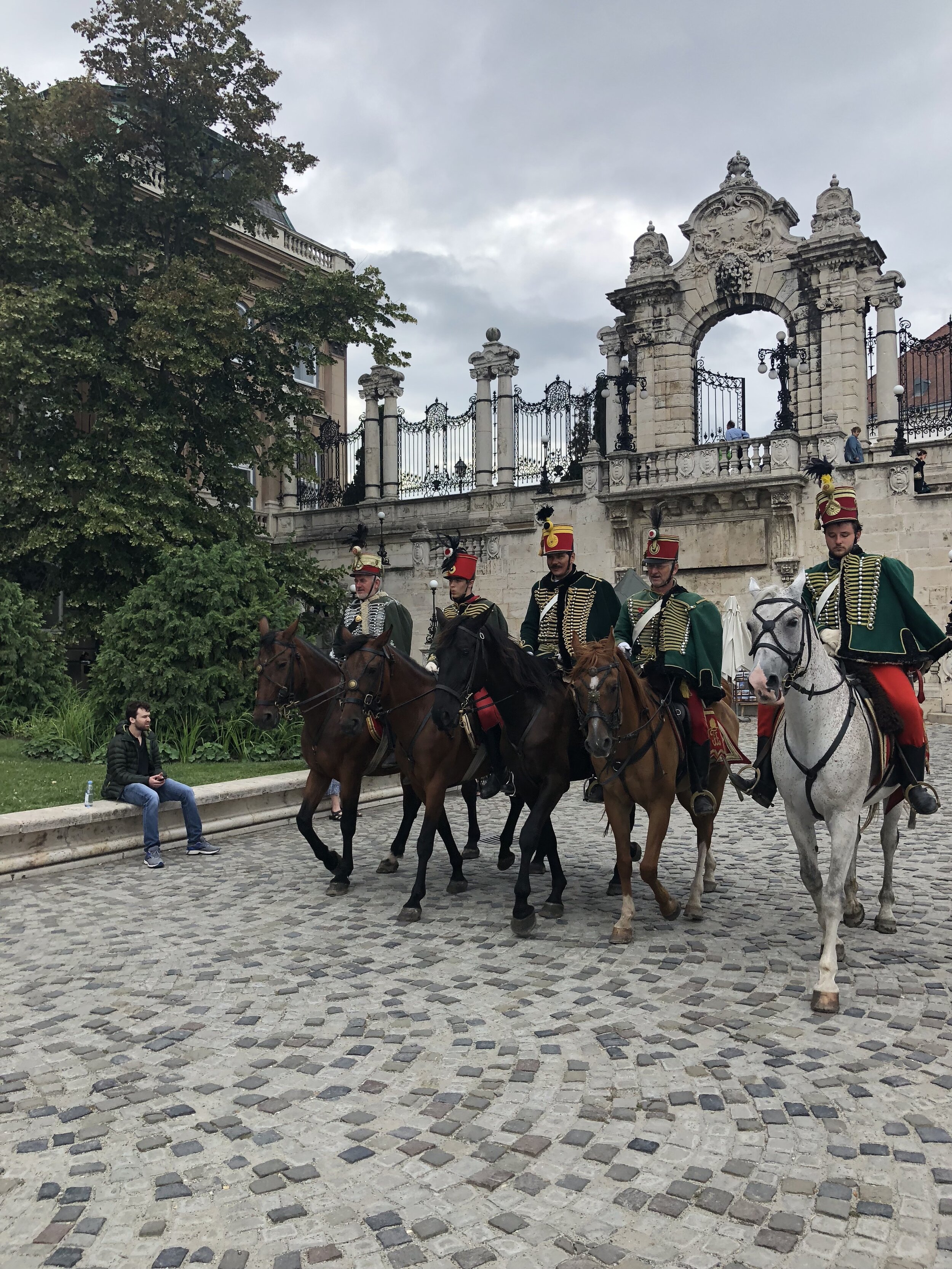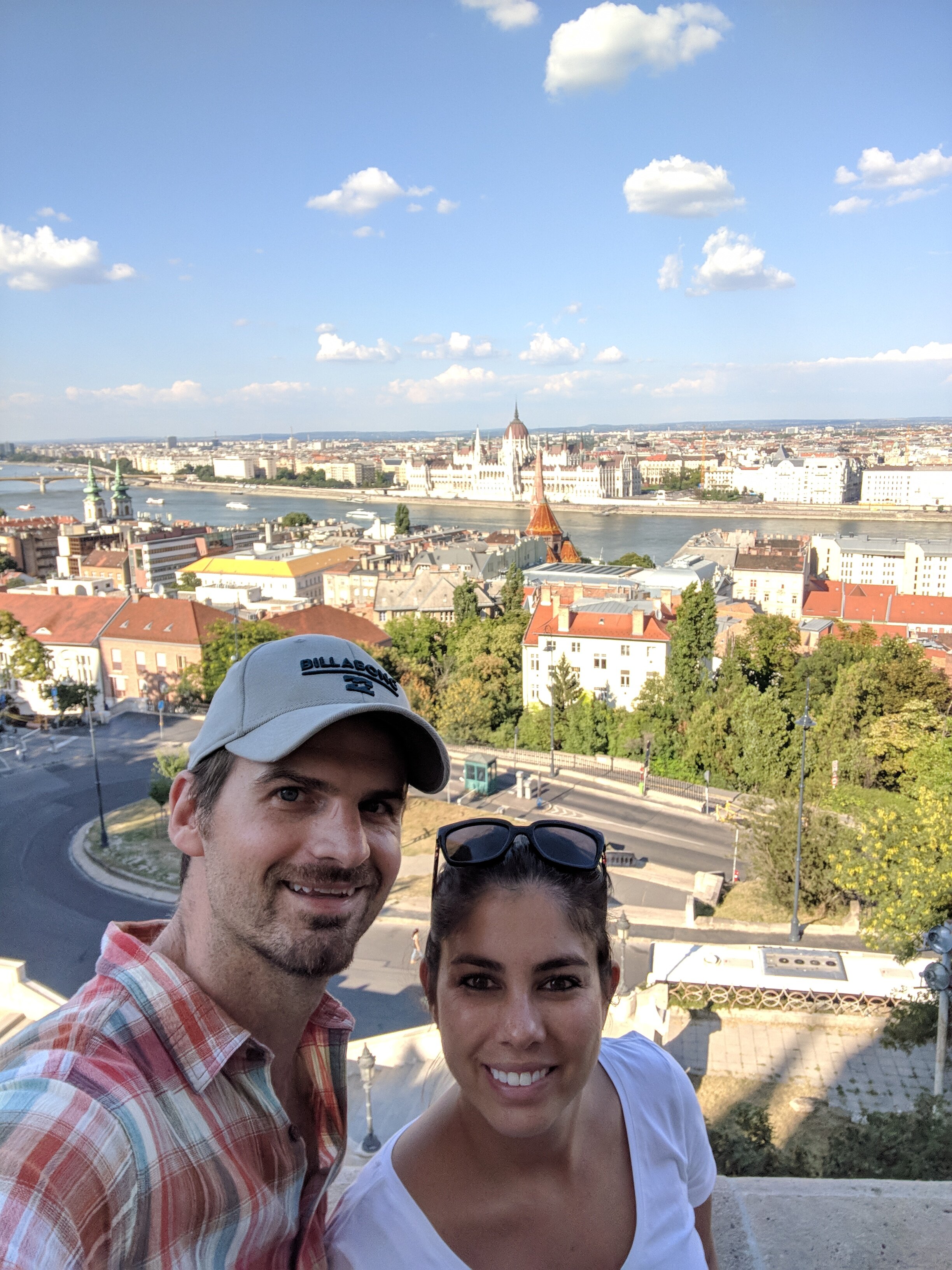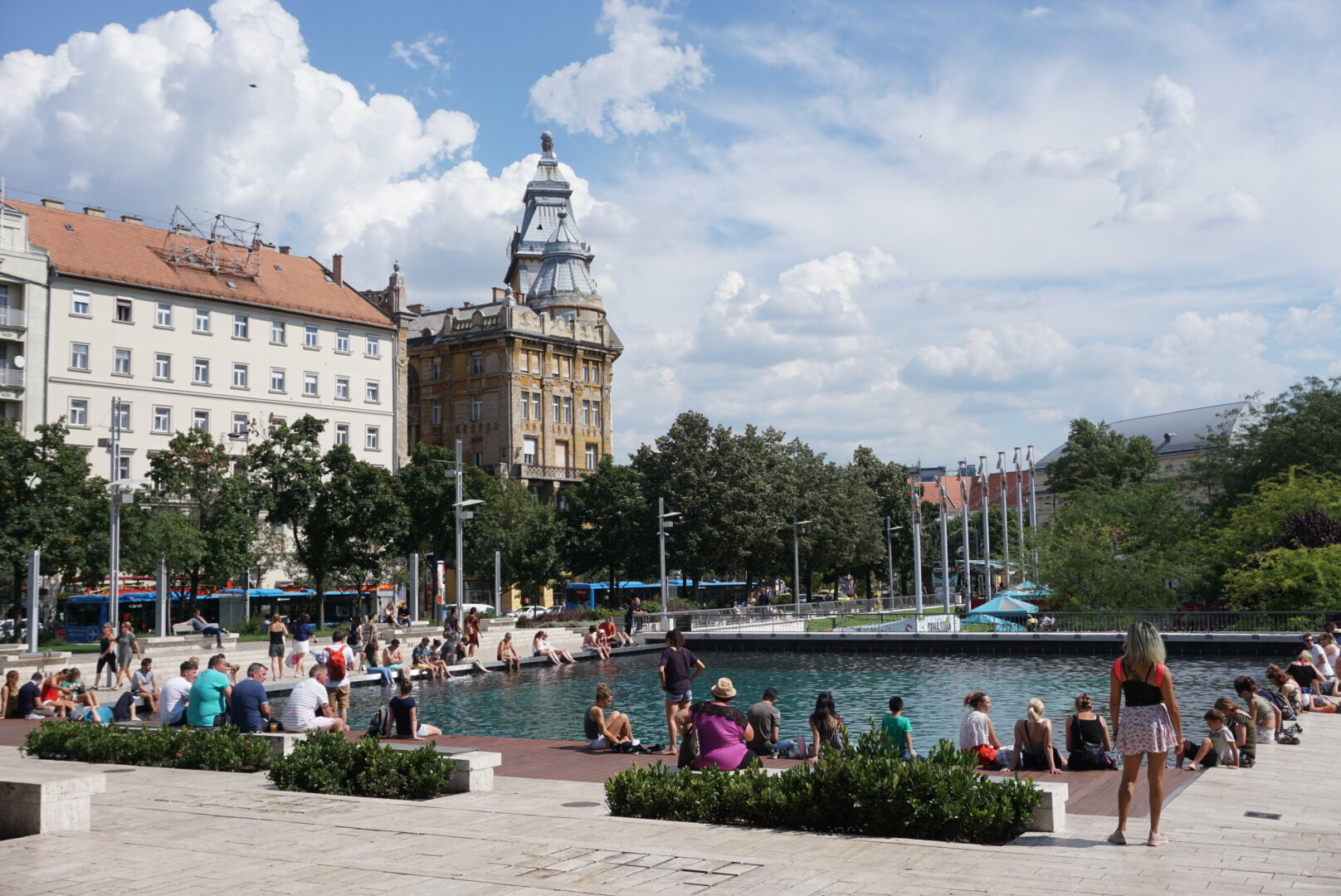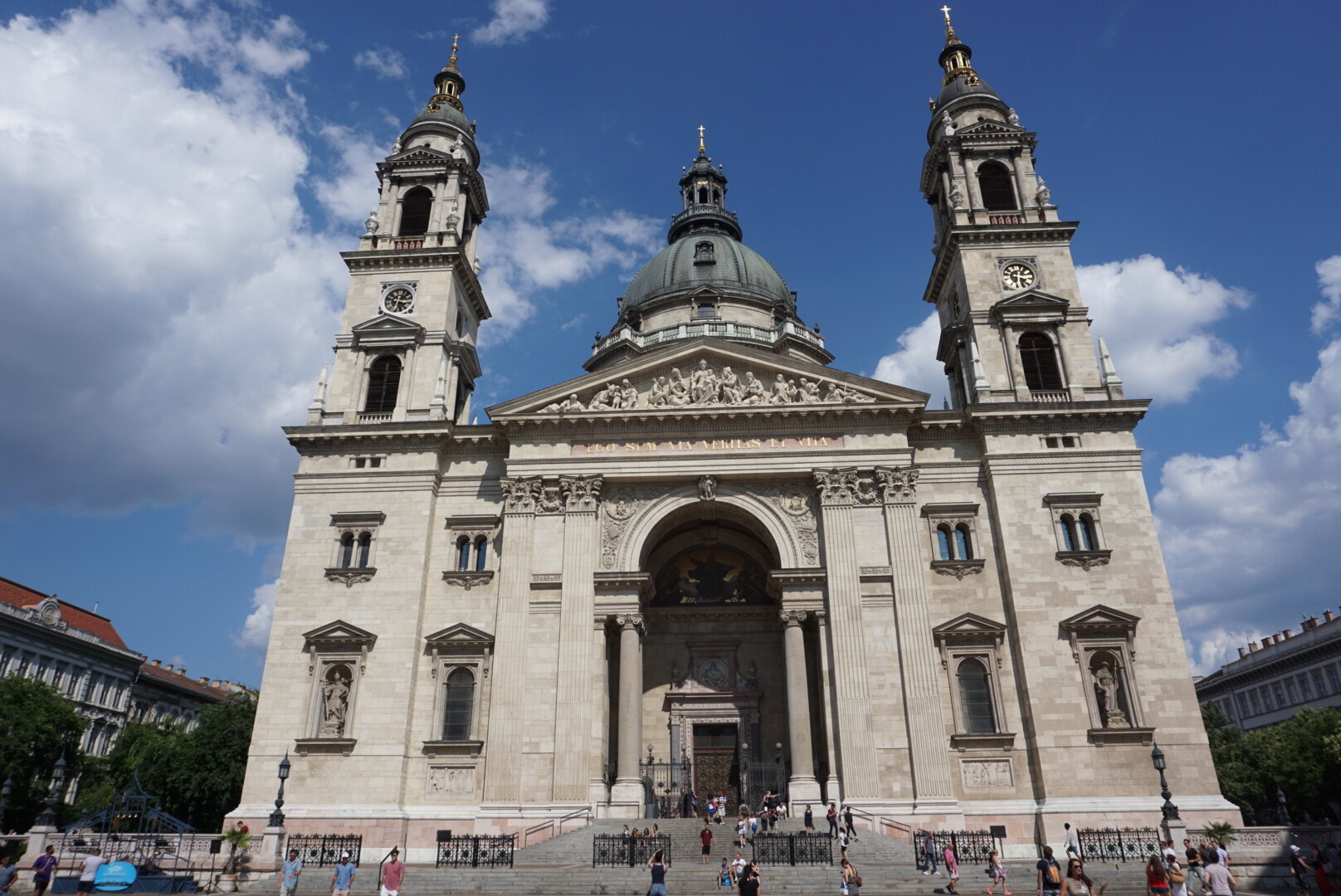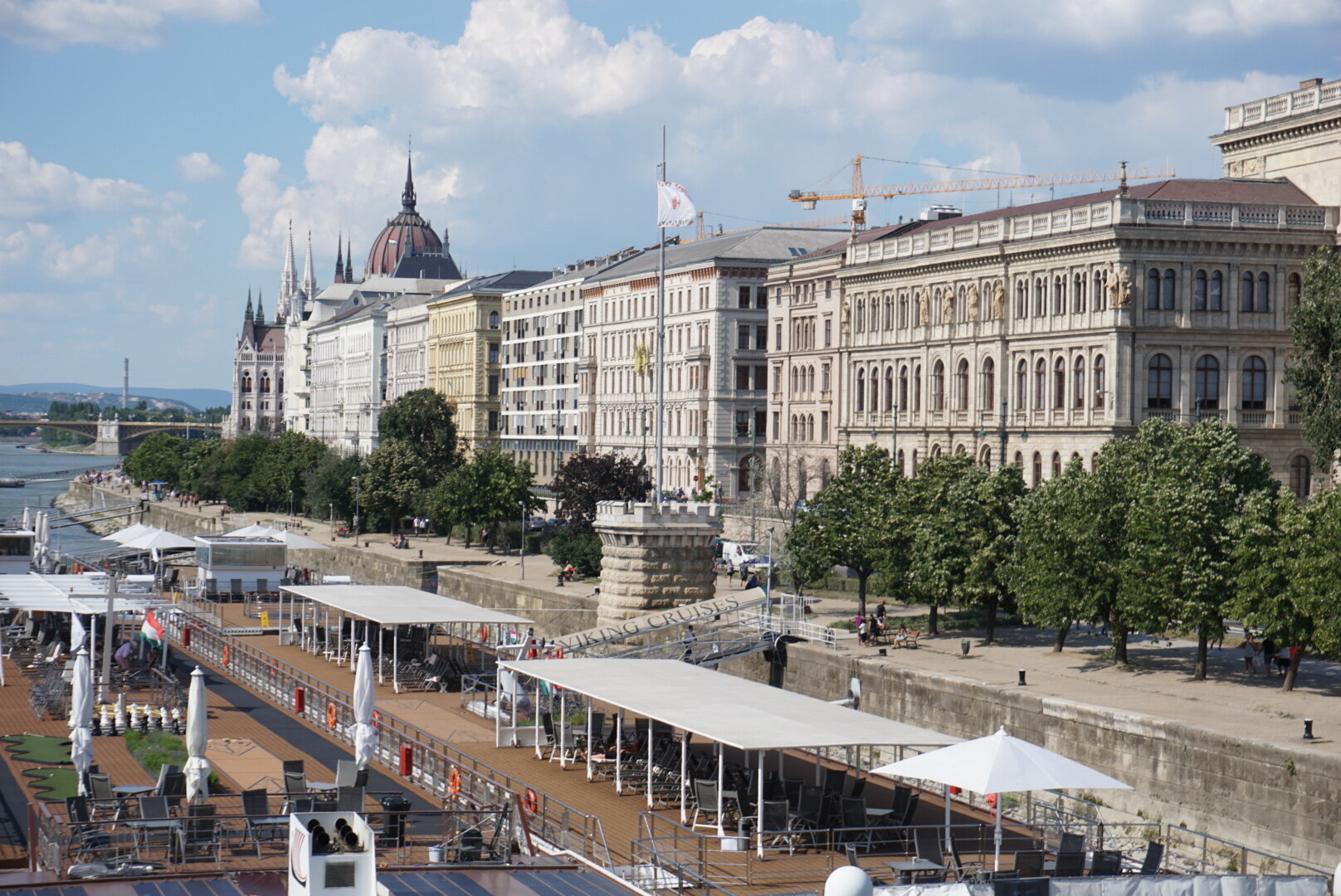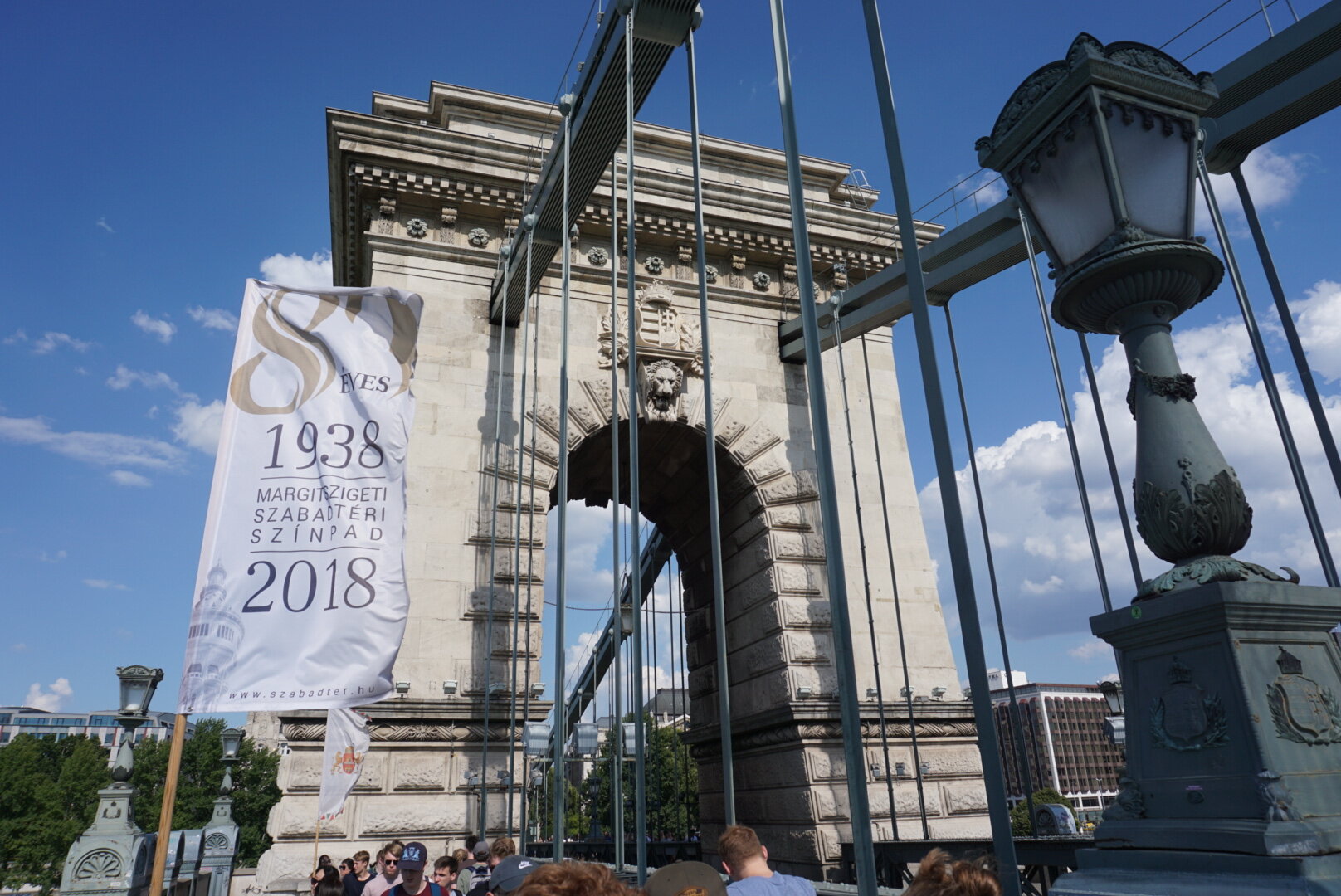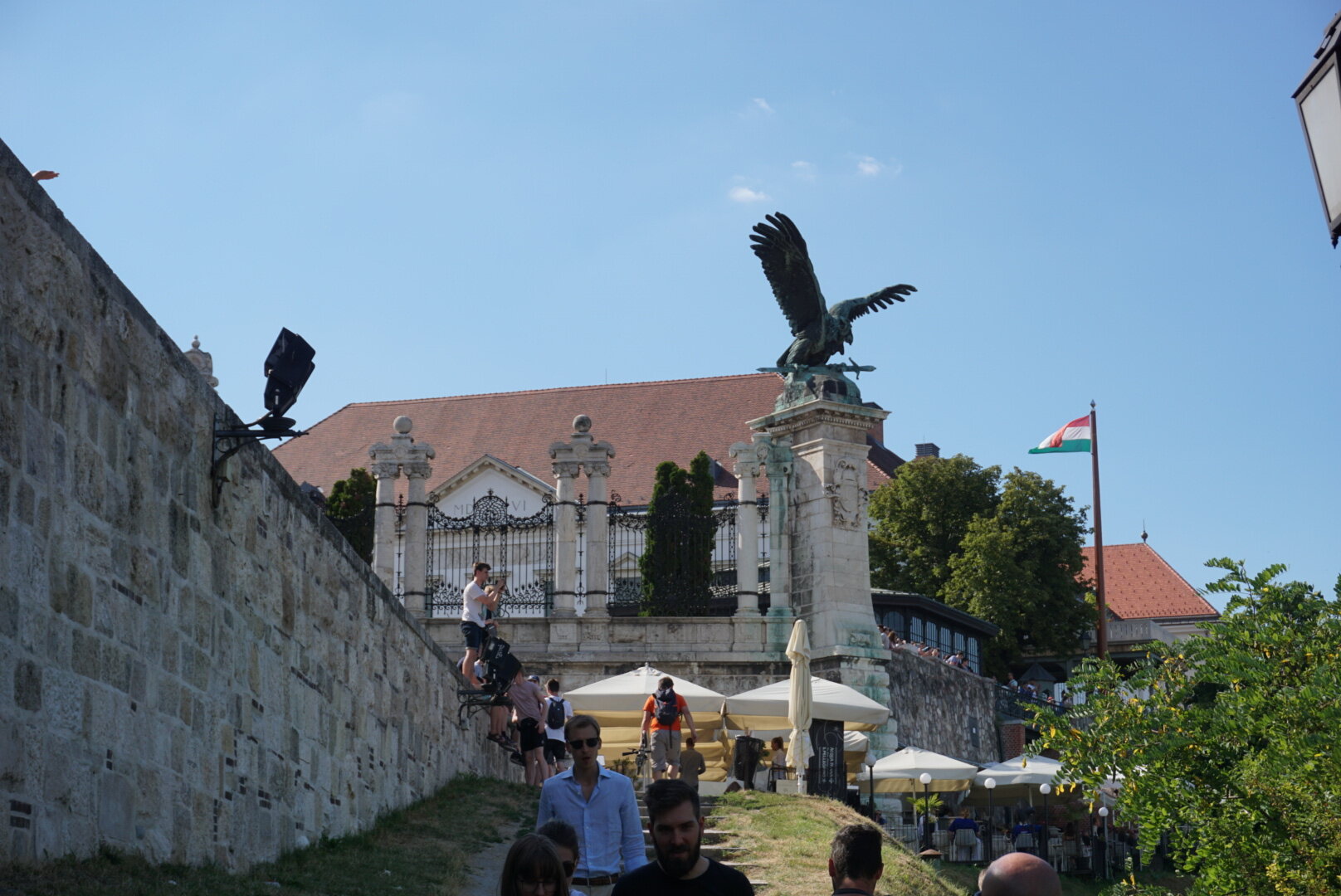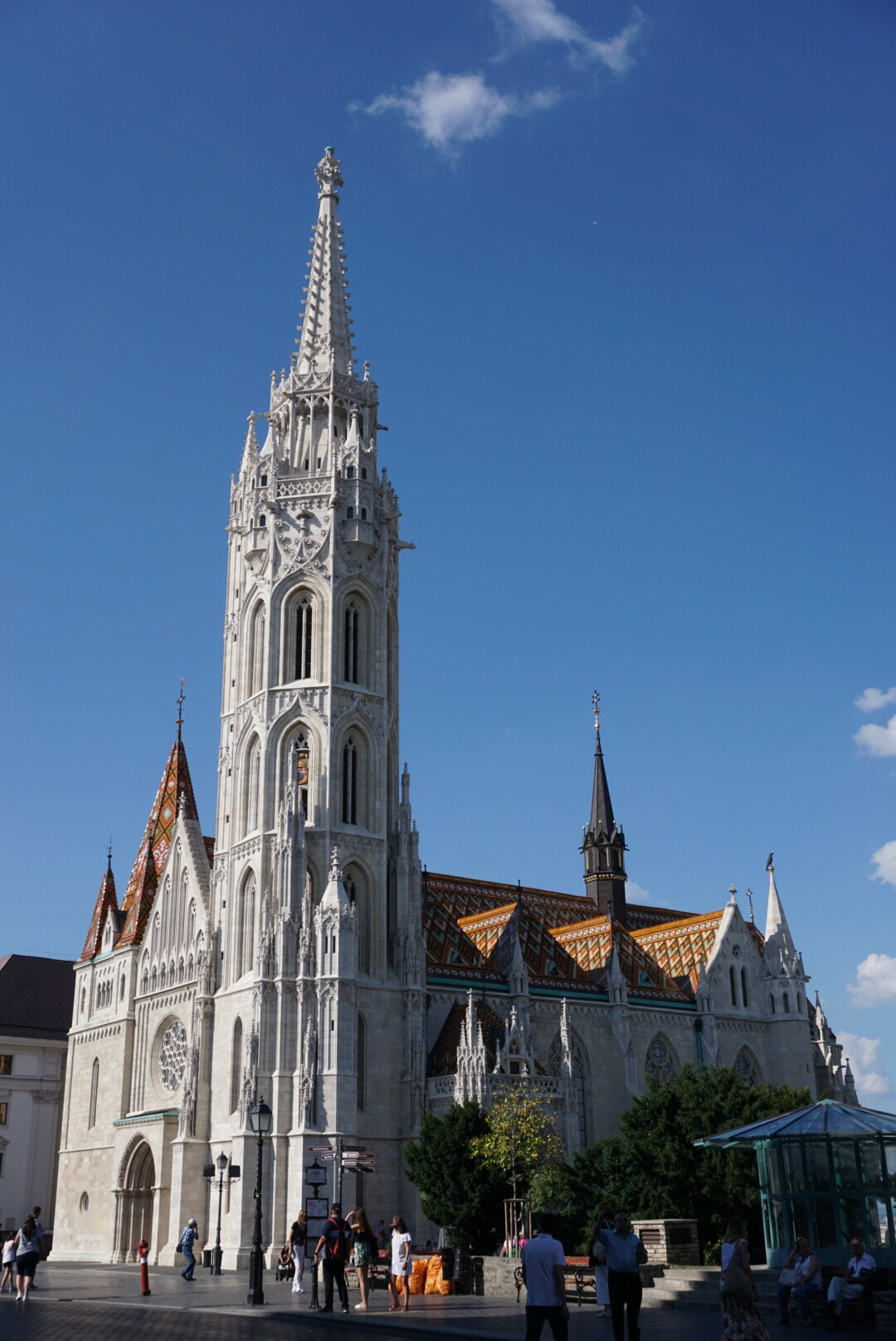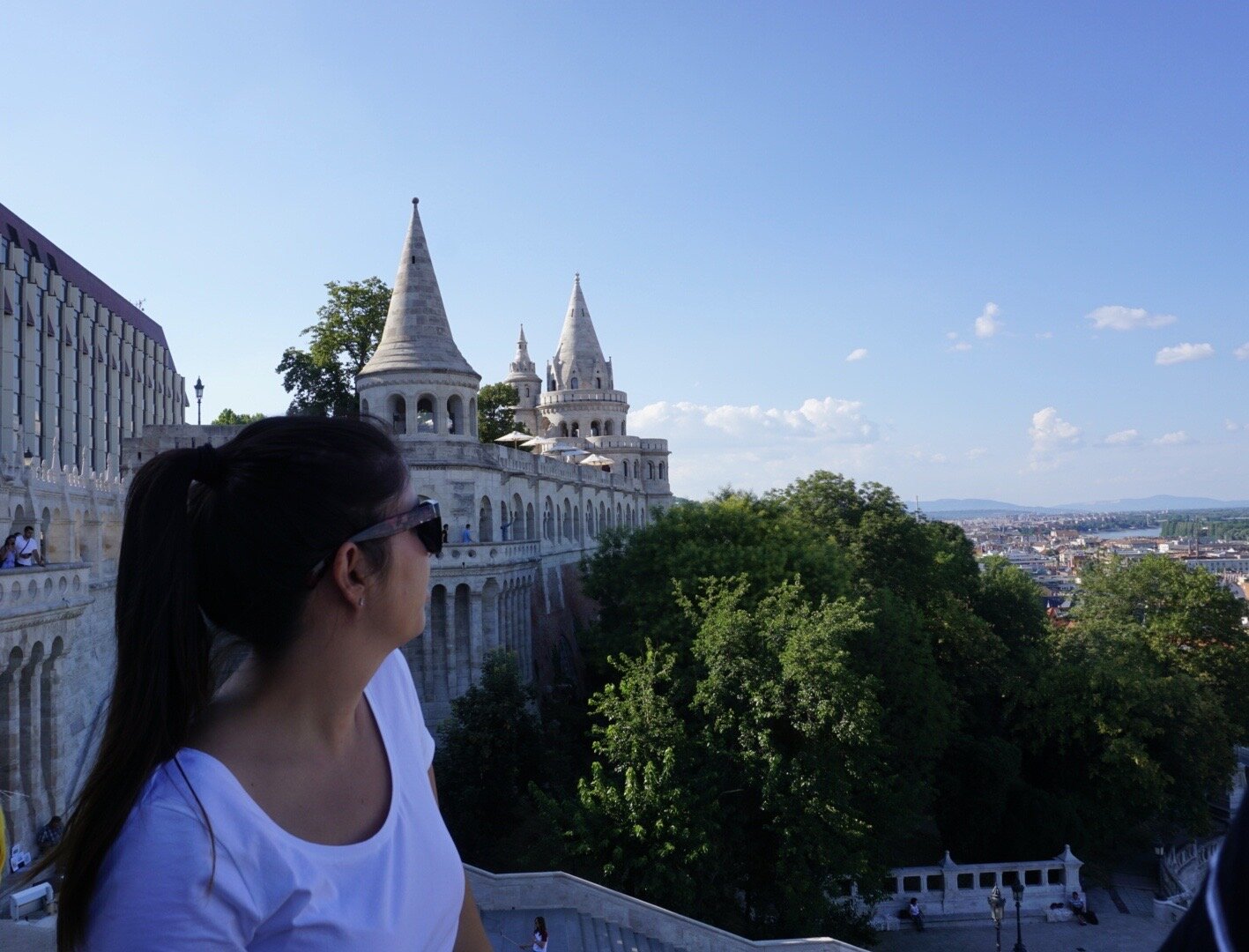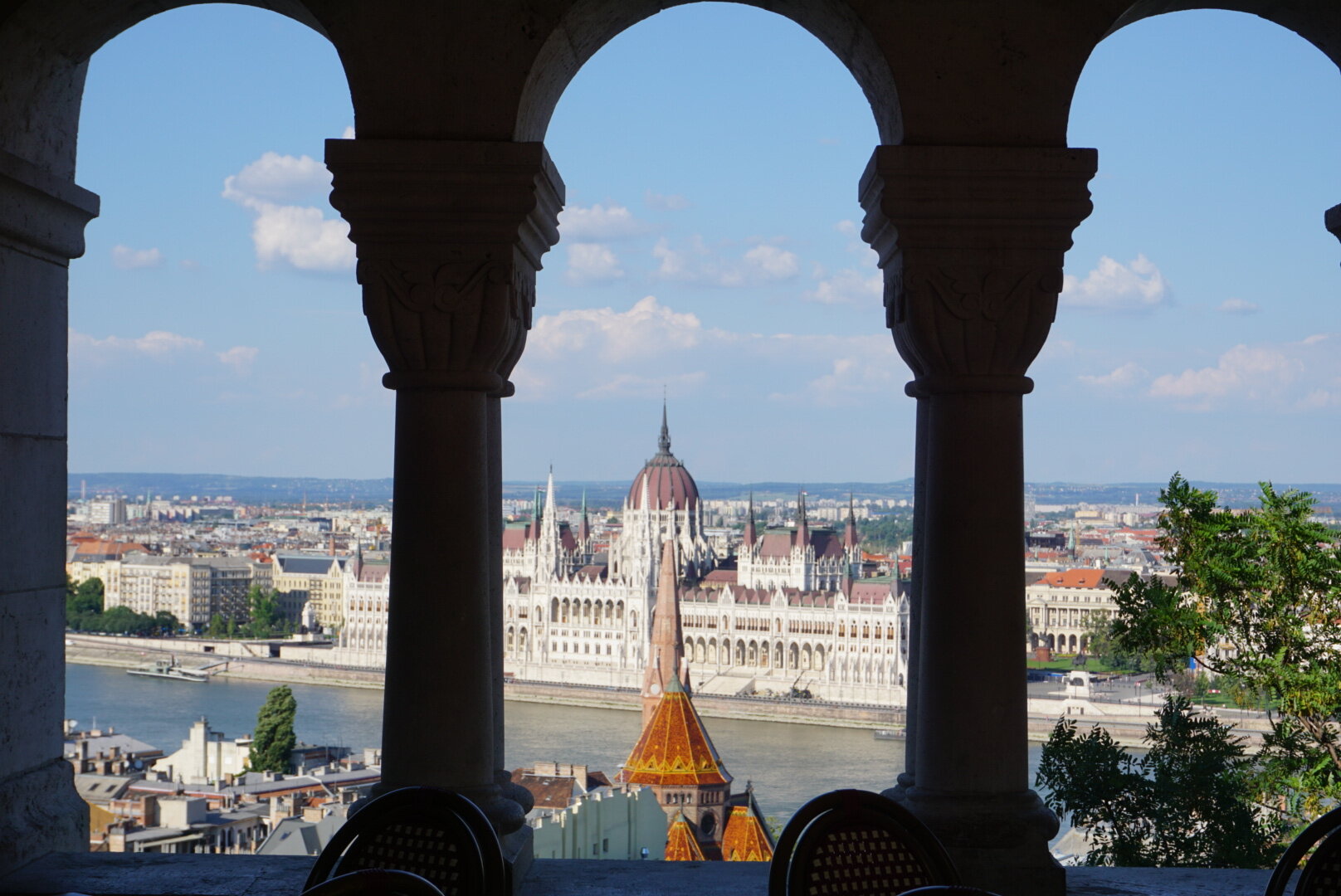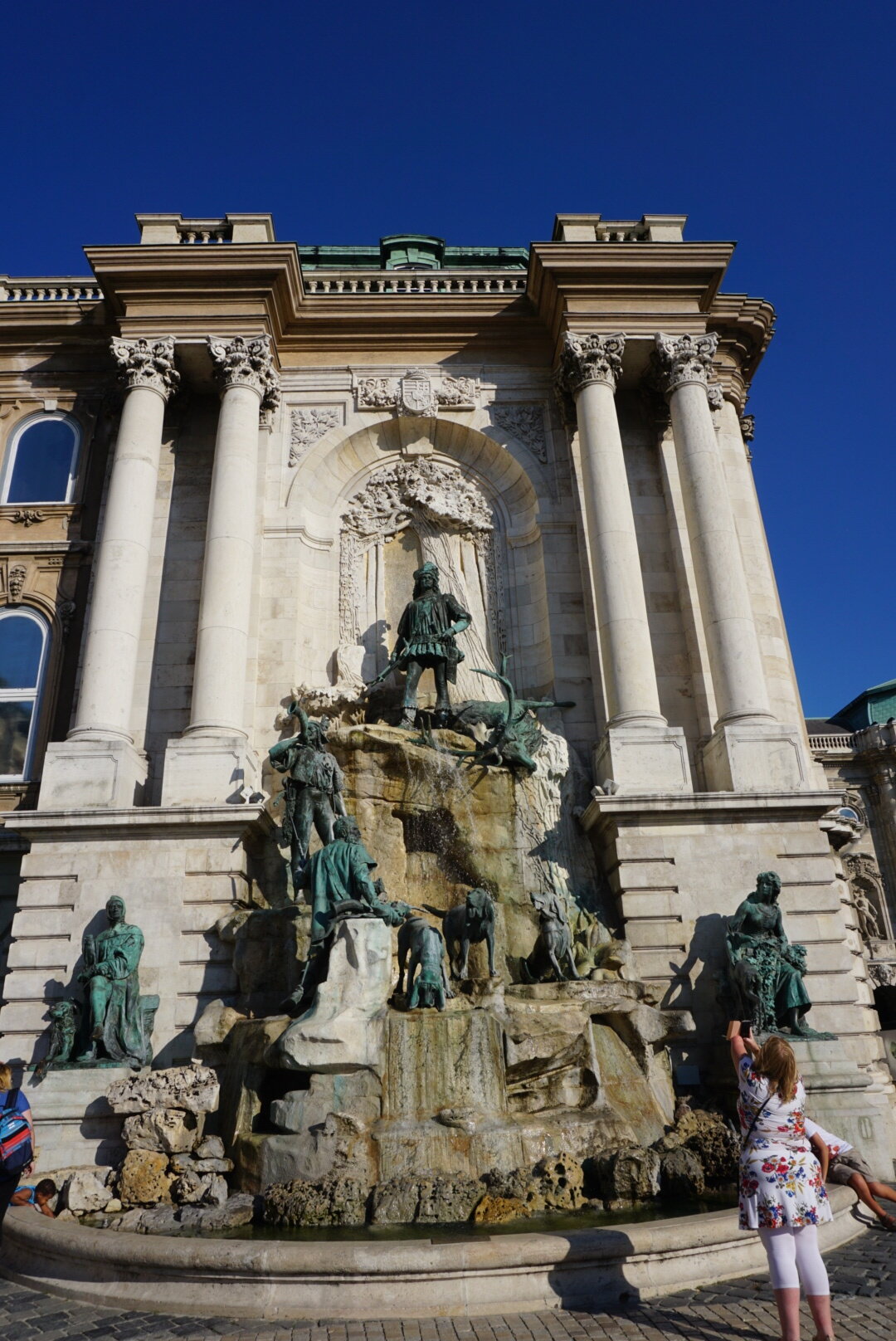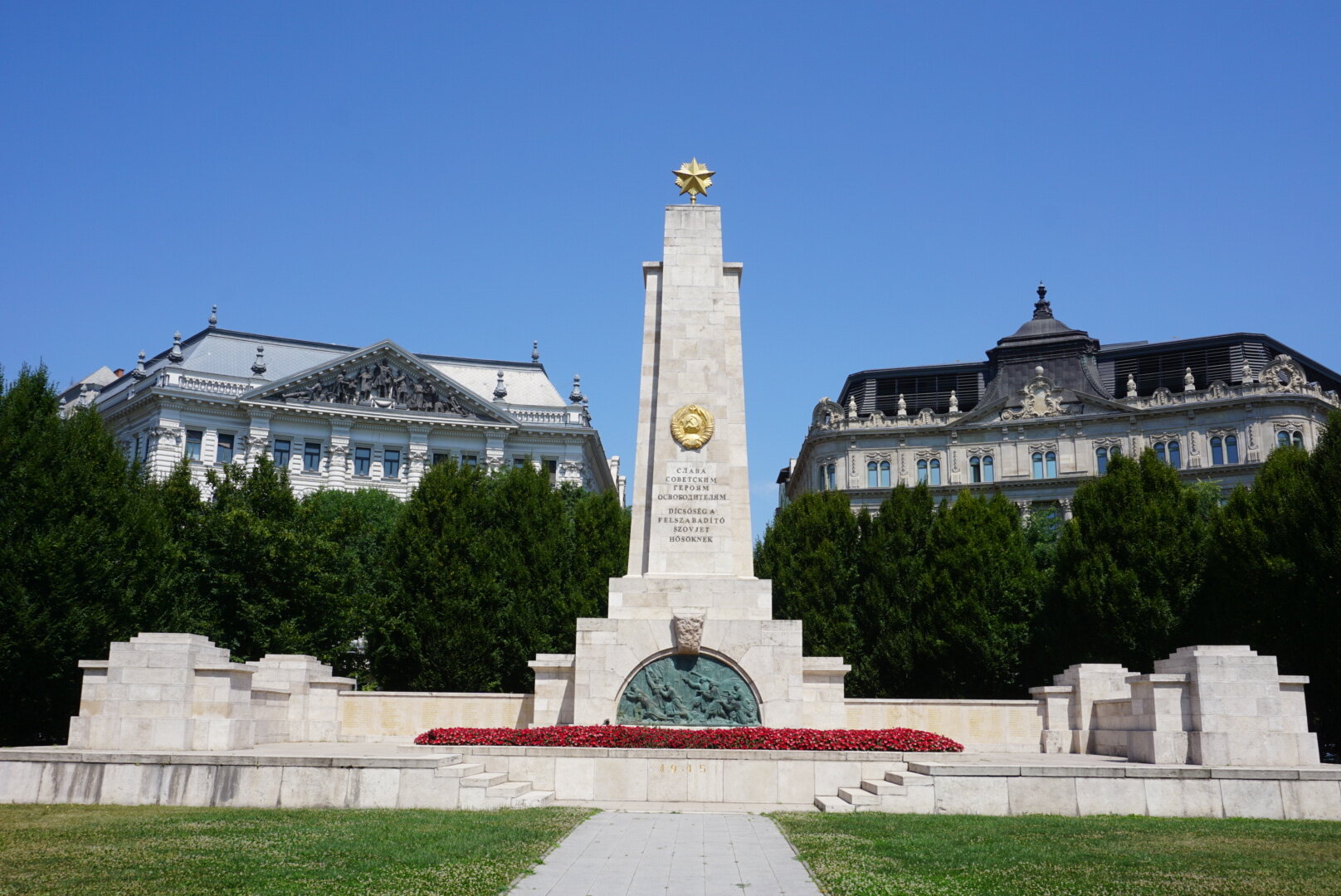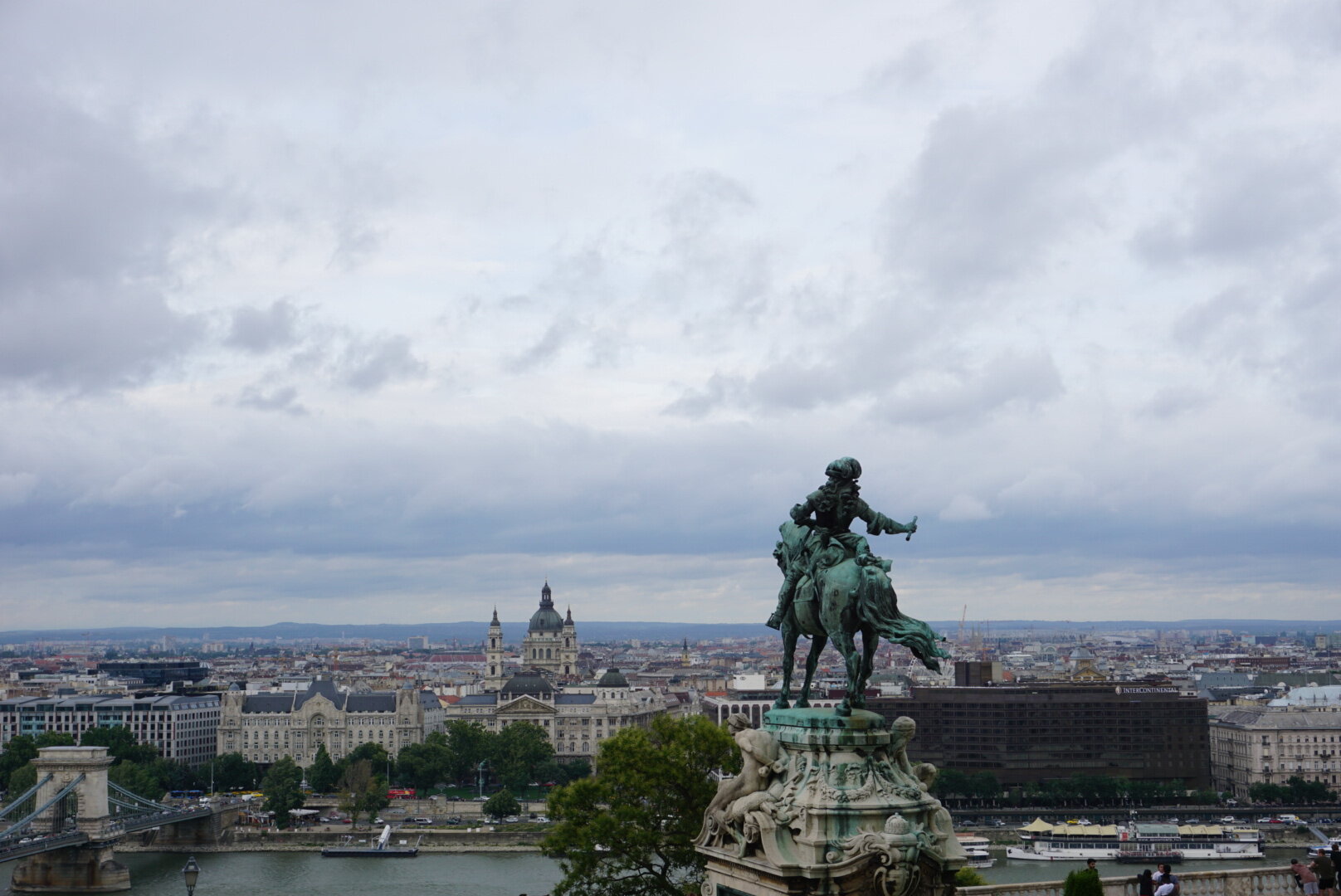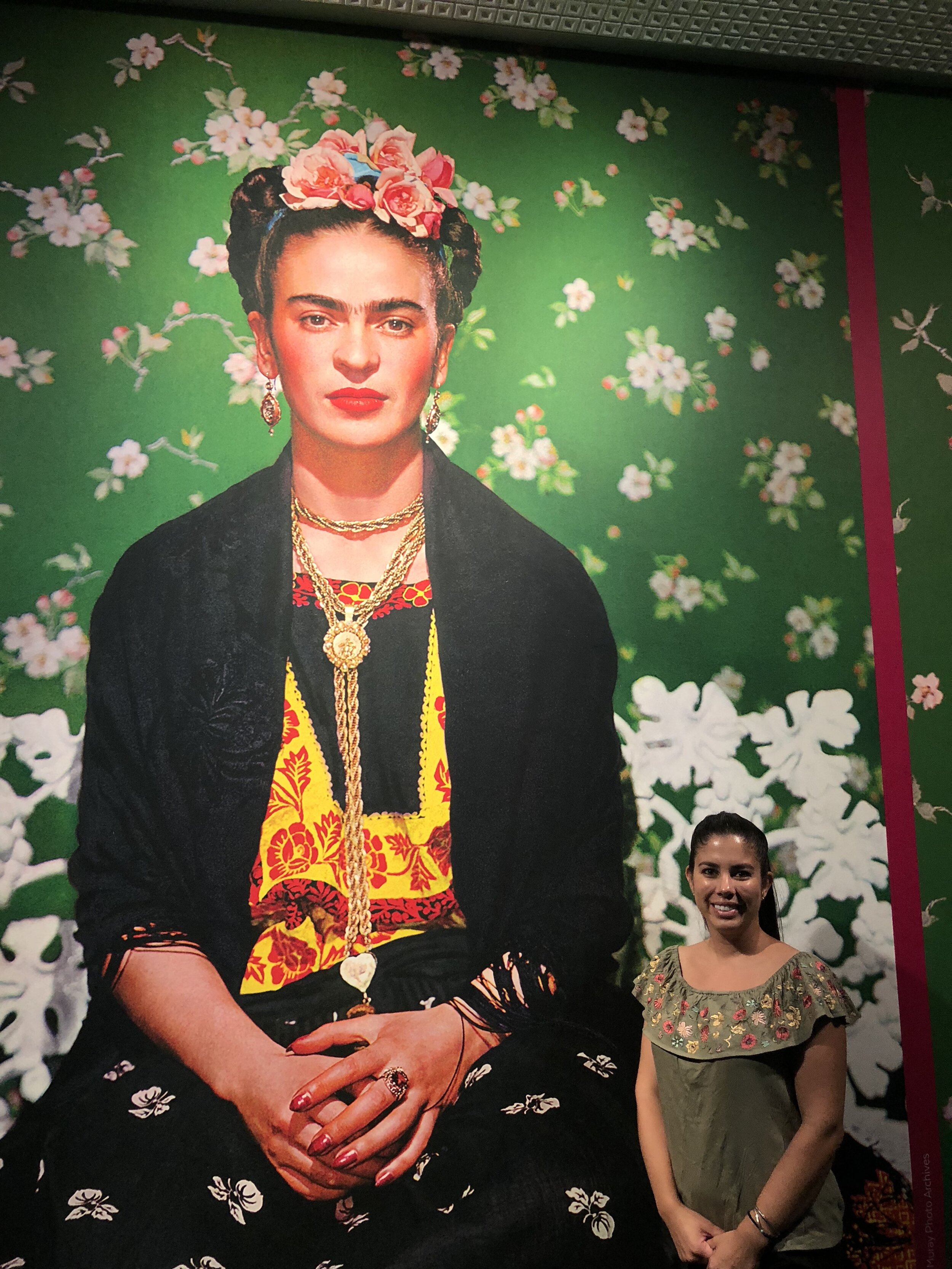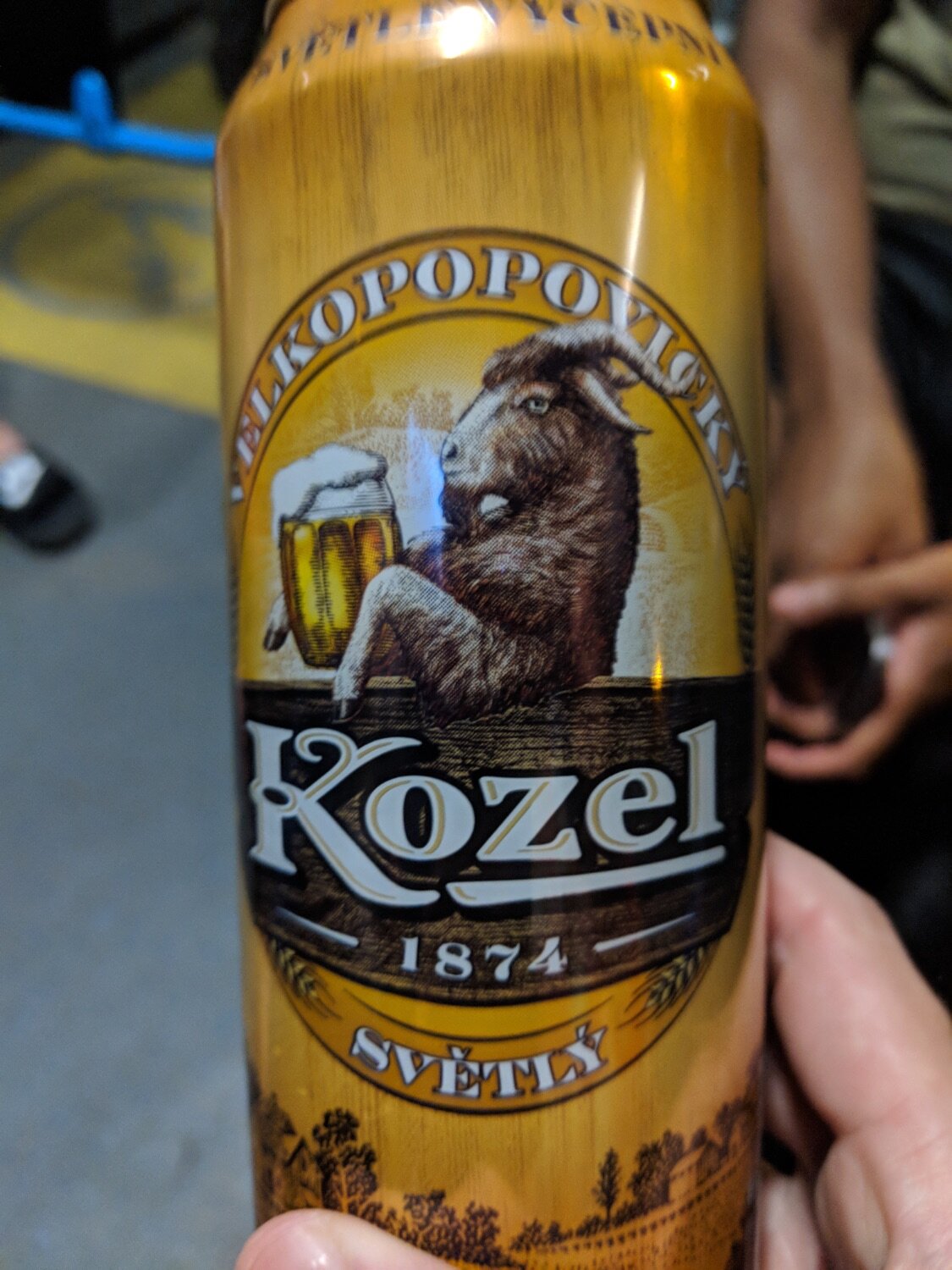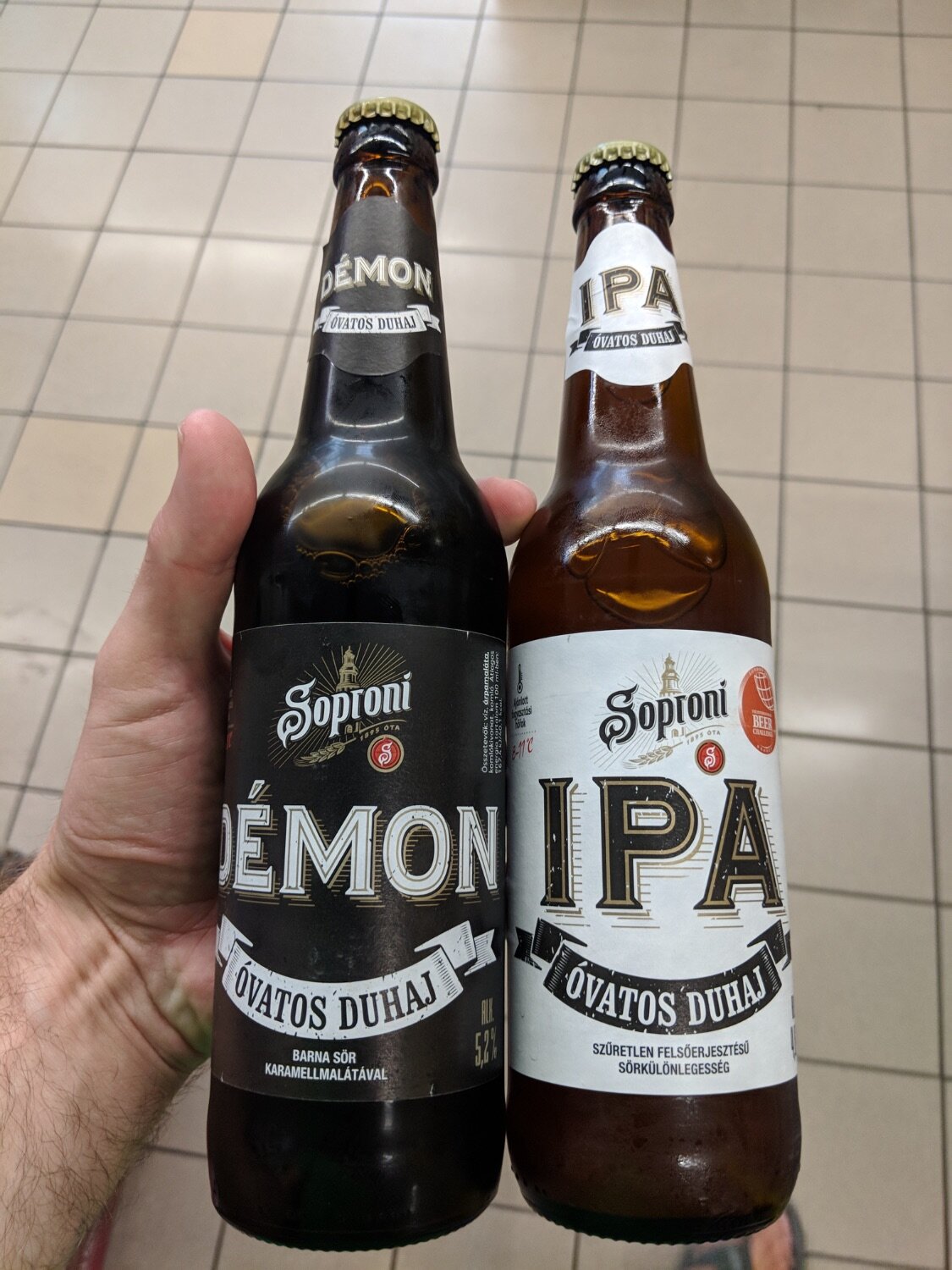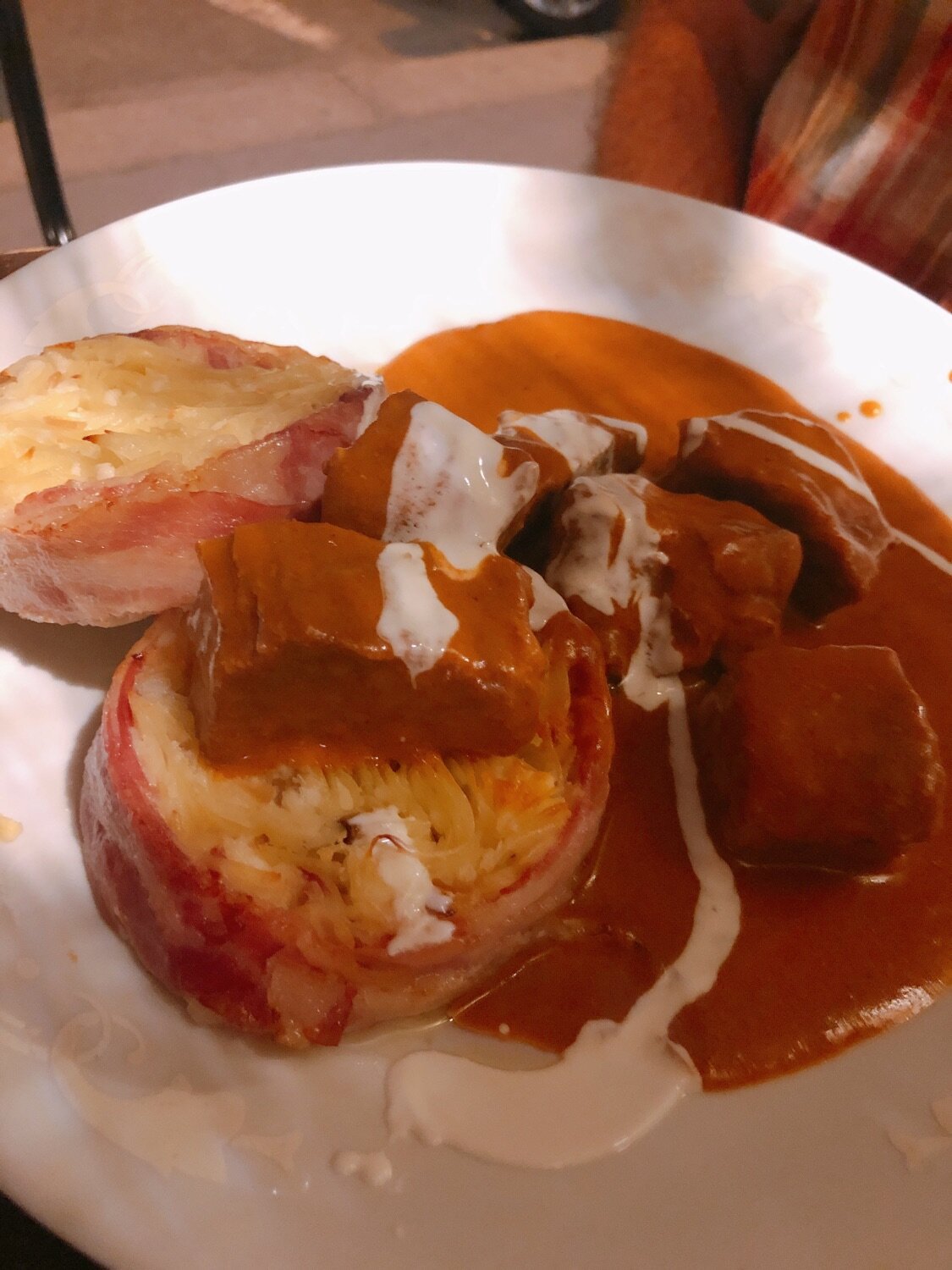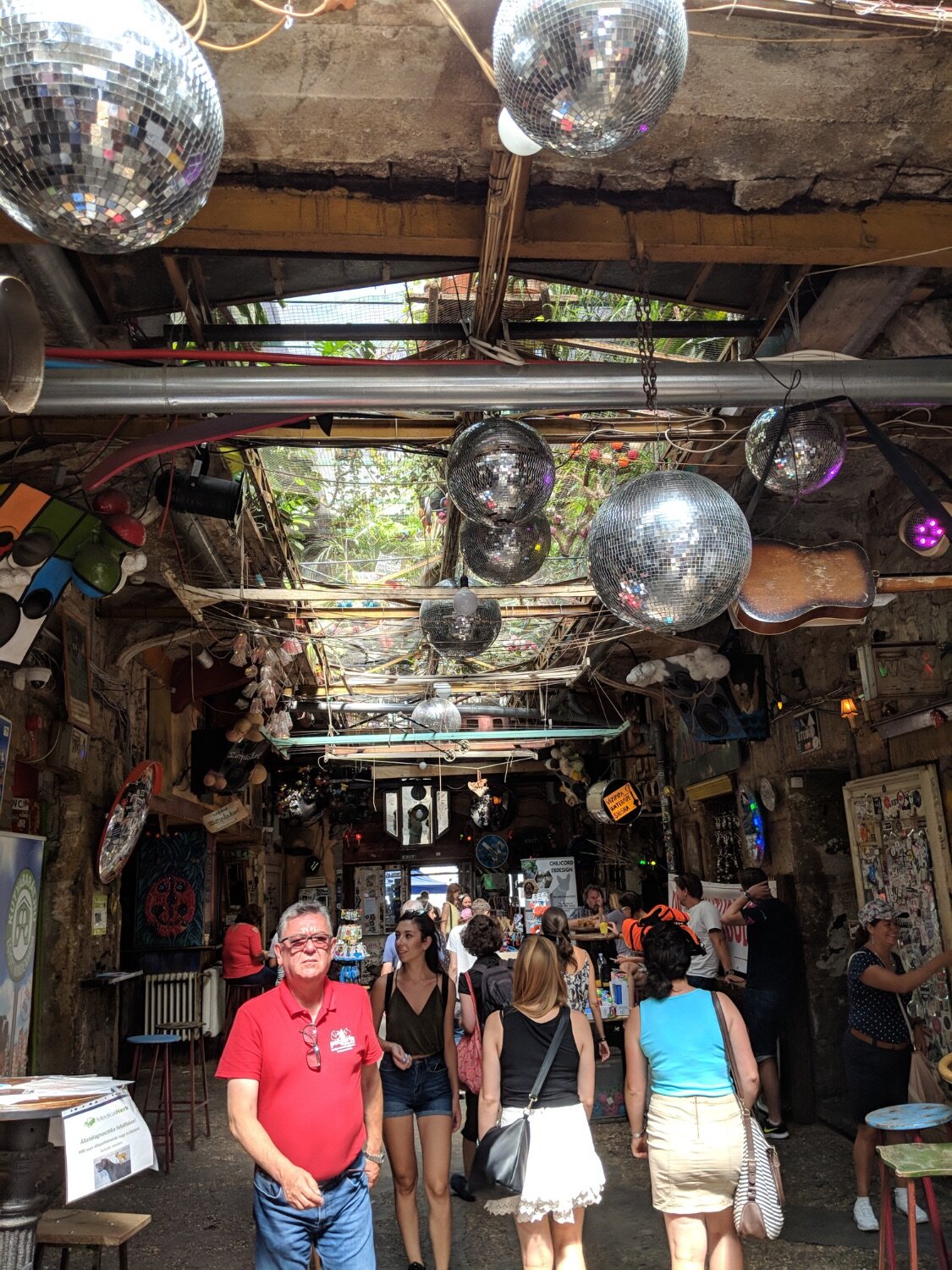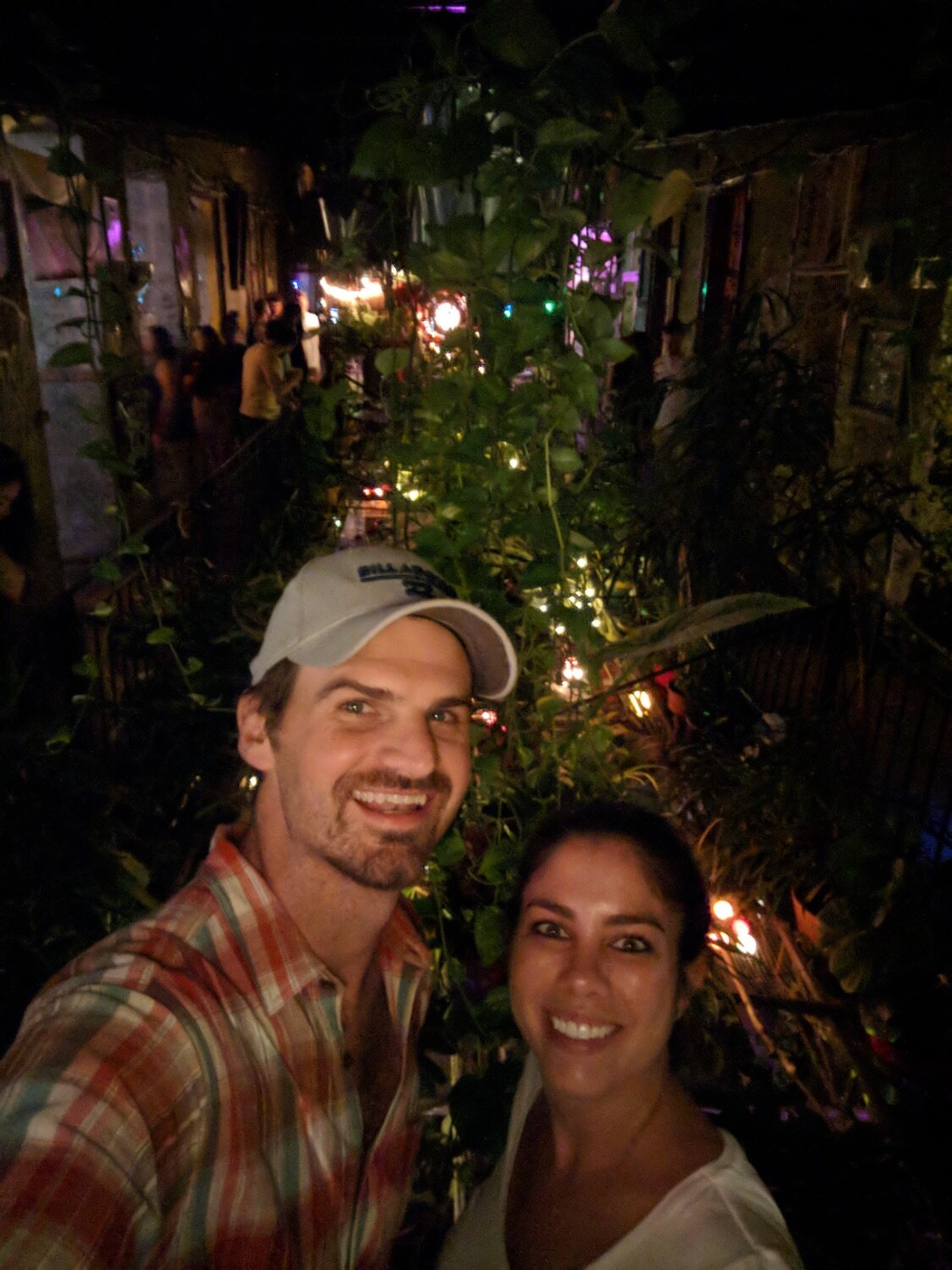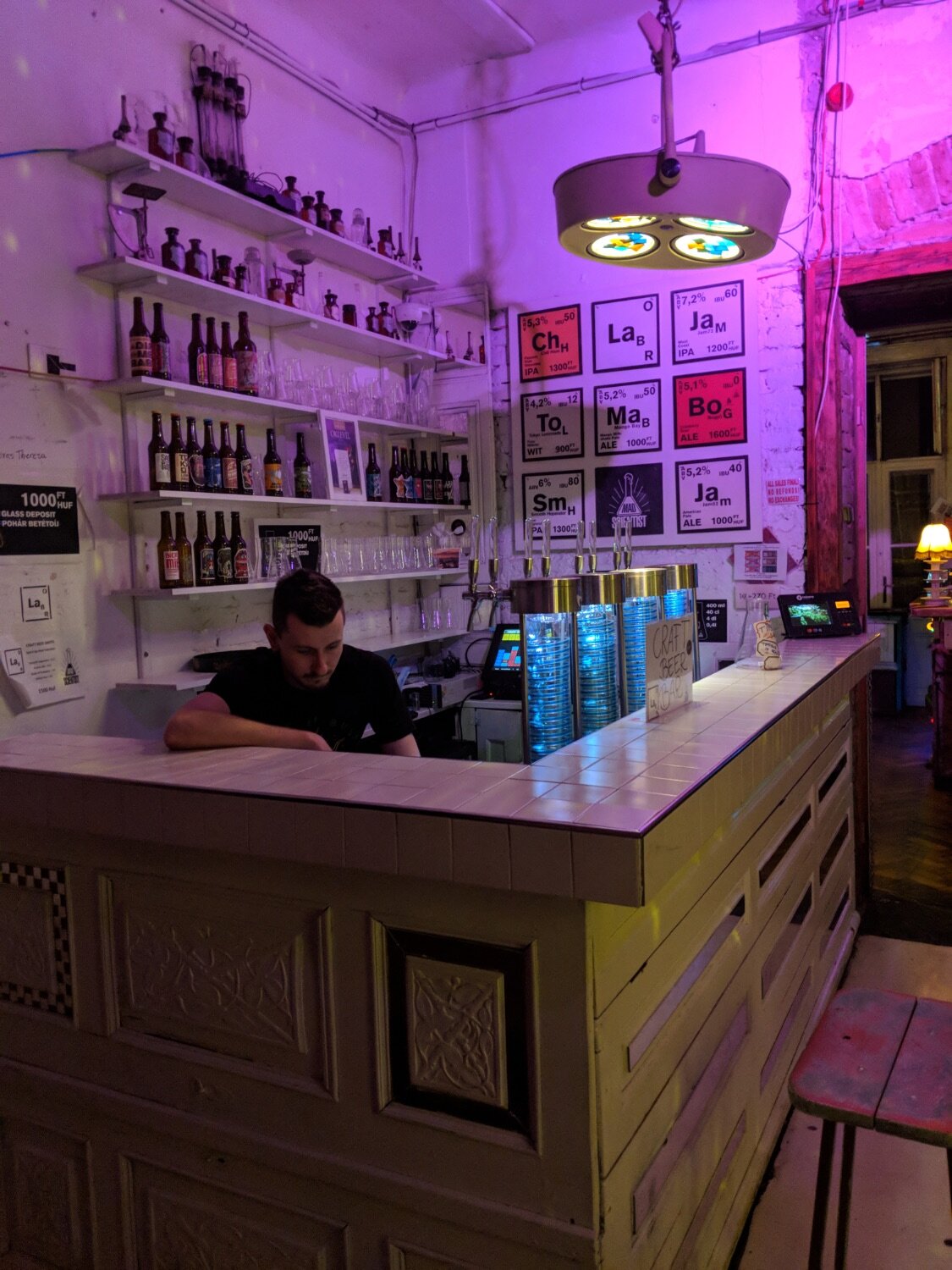Bathing in Budapest
Geothermic treasures and centuries of history combine to make Budapest one of Europe’s most captivating cities.
Hot Take: Budapest blends history, culture, and spas into a tasty combination that is sure to satisfy adventurous travelers. (4.0 stars)
Pro Tip: make sure you explore both Buda and Pest to see the full range of the city.
The first thing you’ve gotta know about Budapest is that it is pronounced Buda-Pesht NOT Buda-Pest. The city straddles the Danube River with ornamental Buda on one side and commercial Pest on the other. As the capital and largest city in Hungary (tenth-largest in the EU) with almost 3.5 million people, Budapest is the beating heart of the country and a wonderful place to soak in the Hungarian ambiance. And by soak, we mean quite literally, since the bathhouse scene in Budapest is likely the best in Europe (and trails only Istanbul as best in the West). We think that Budapest earns its reputation as one of the most beautiful cities in Europe and is full of arts, commerce, and tourists. After arriving on the overnight train from Romania (that was 4 hours late and didn’t leave until 3am), we spent 5 nights in Budapest and could have spent another week there…it’s just that good.
Bathhouse Culture
One of the best parts about visiting Budapest is experiencing the local bathhouse culture. A key element of local life, visiting one of the city’s the bathhouses are part of the flow of daily life in Budapest. First established by the Romans on top of the area’s 125 thermal springs, the baths truly became a wonder under Ottoman empire. Today there are 9 medicinal baths in Budapest and we visited 2 of the best - Rudas and Széchenyi. Rudas Thermal Bath (on the Buda side) was special because it is the only bath regularly open at night, so we enjoyed a fabulous evening from 10p to 1a lounging in the spas (including one on the roof with a panoramic view of Pest and the Danube River. However, it was the Széchenyi Baths that were our favorite. The Széchenyi Baths feel like a spa palace meets a community swimming pool, where we mixed with locals and tourists for the most fantastic afternoon of our time in Budapest.
Tourist Culture


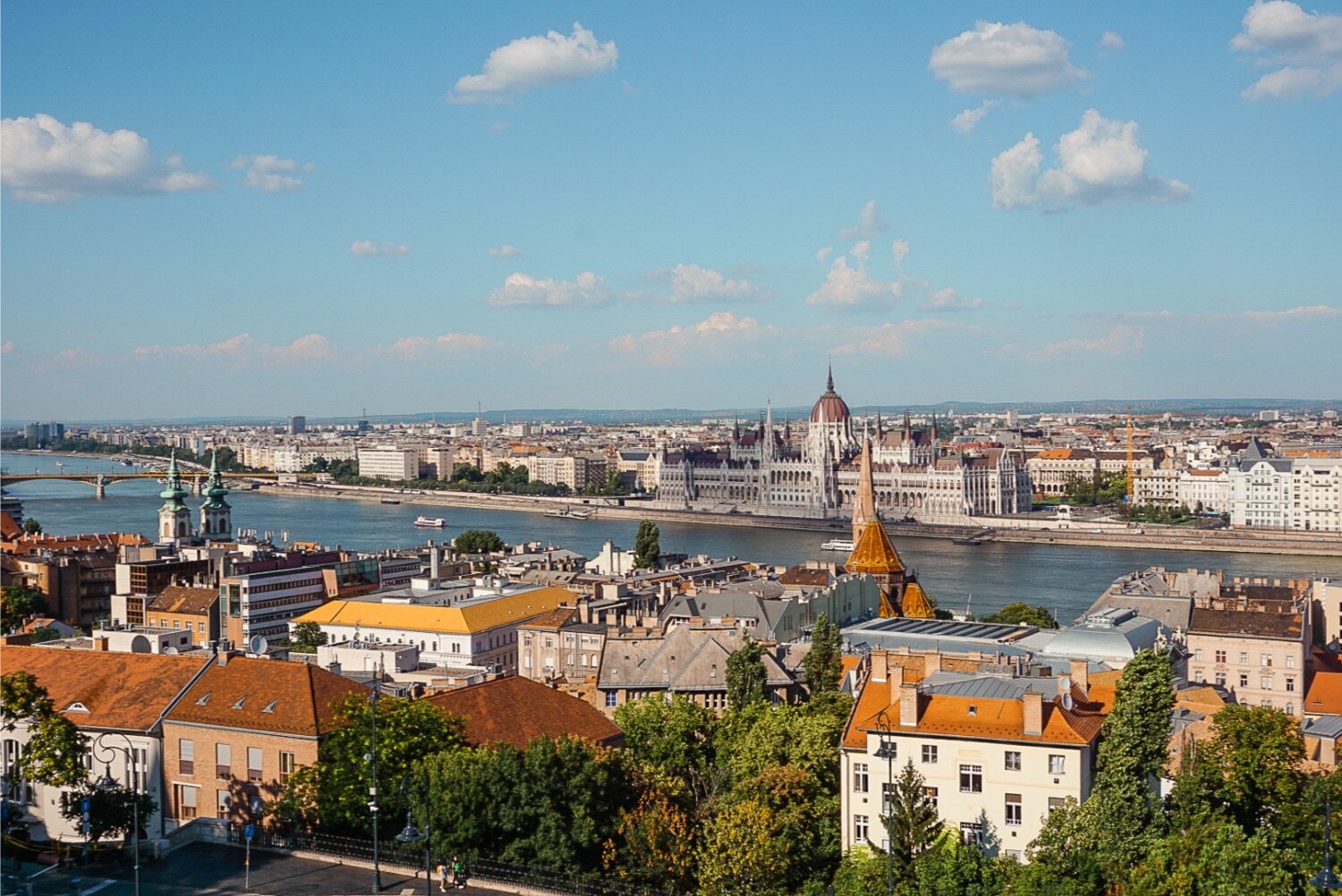

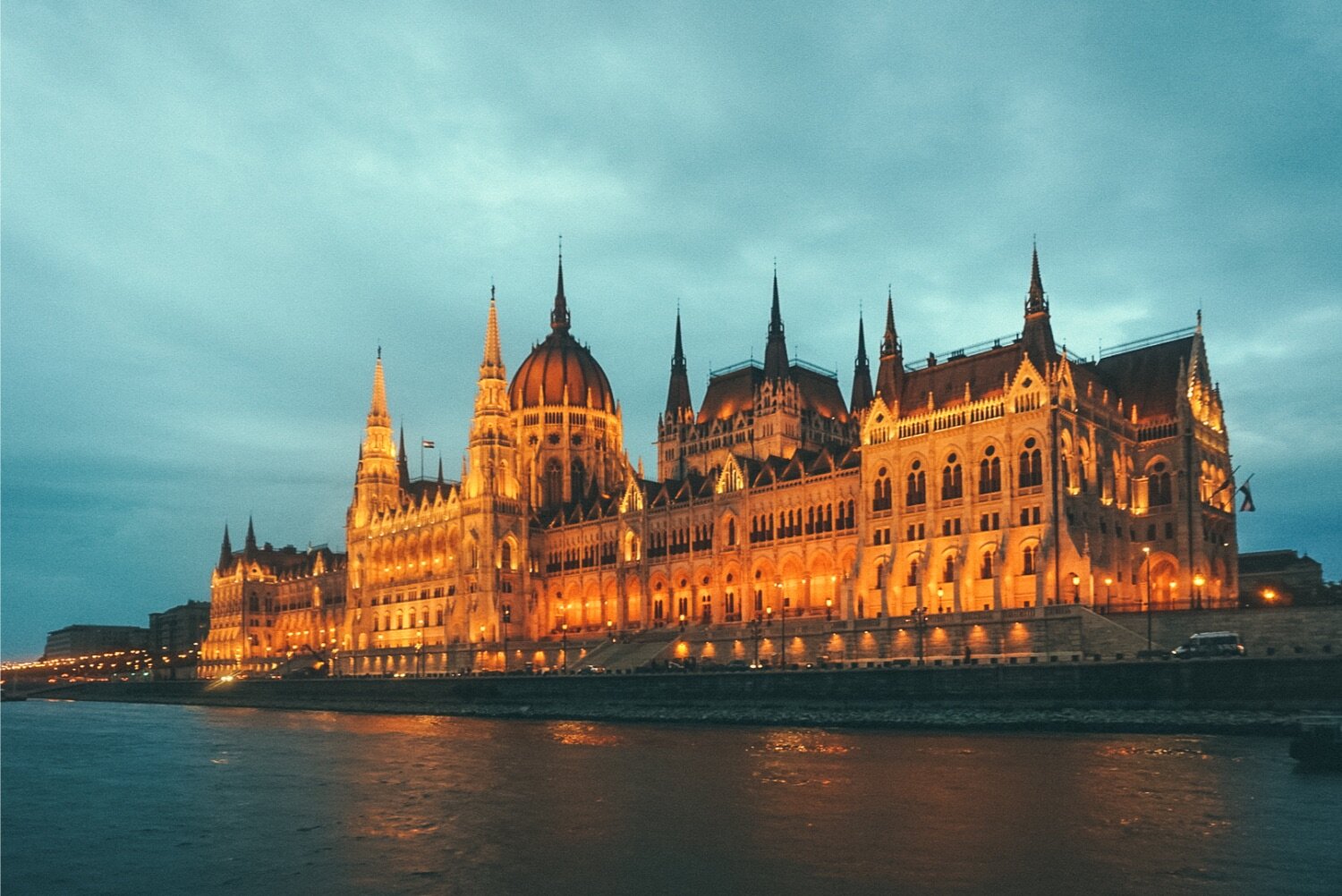

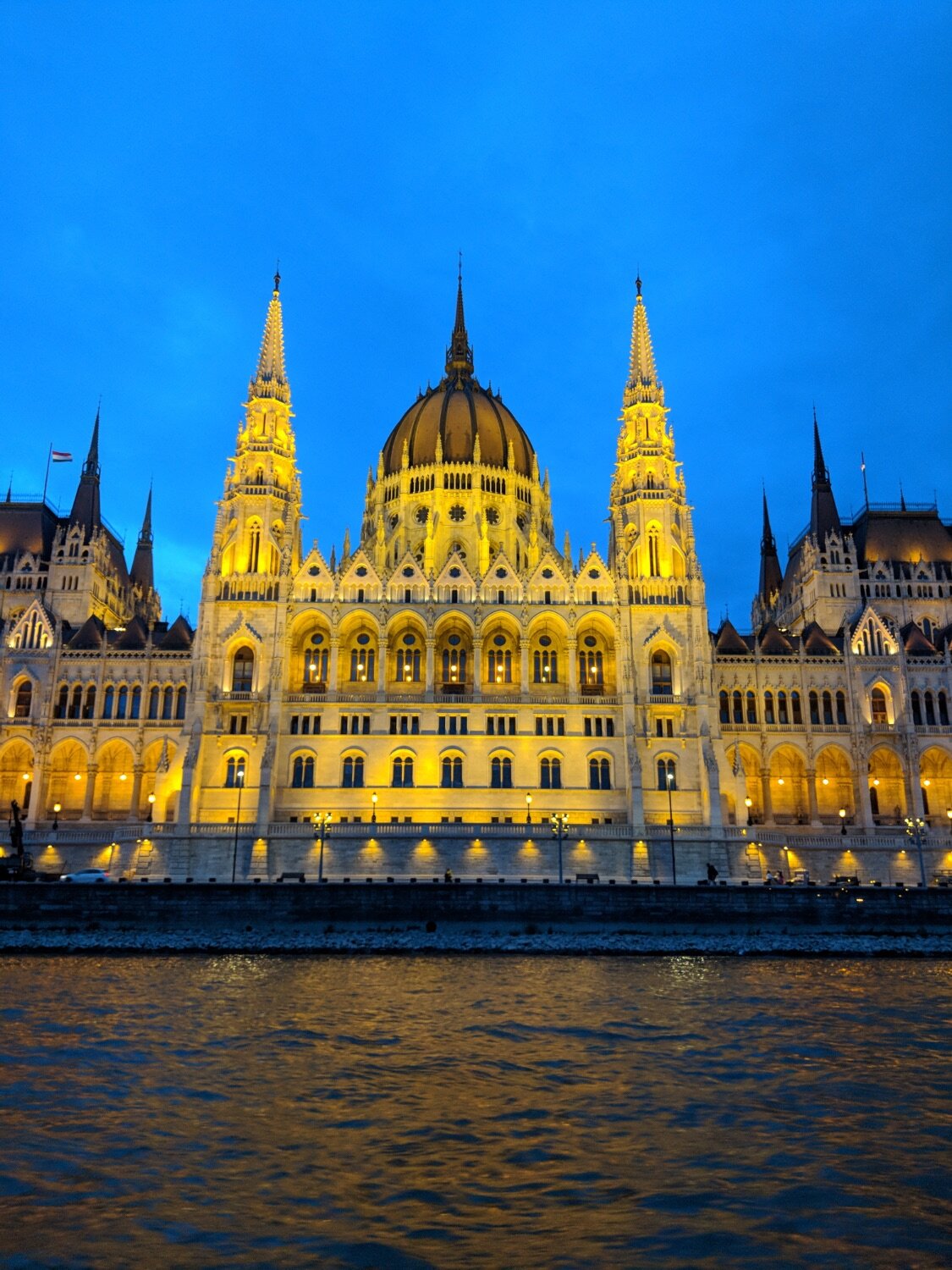

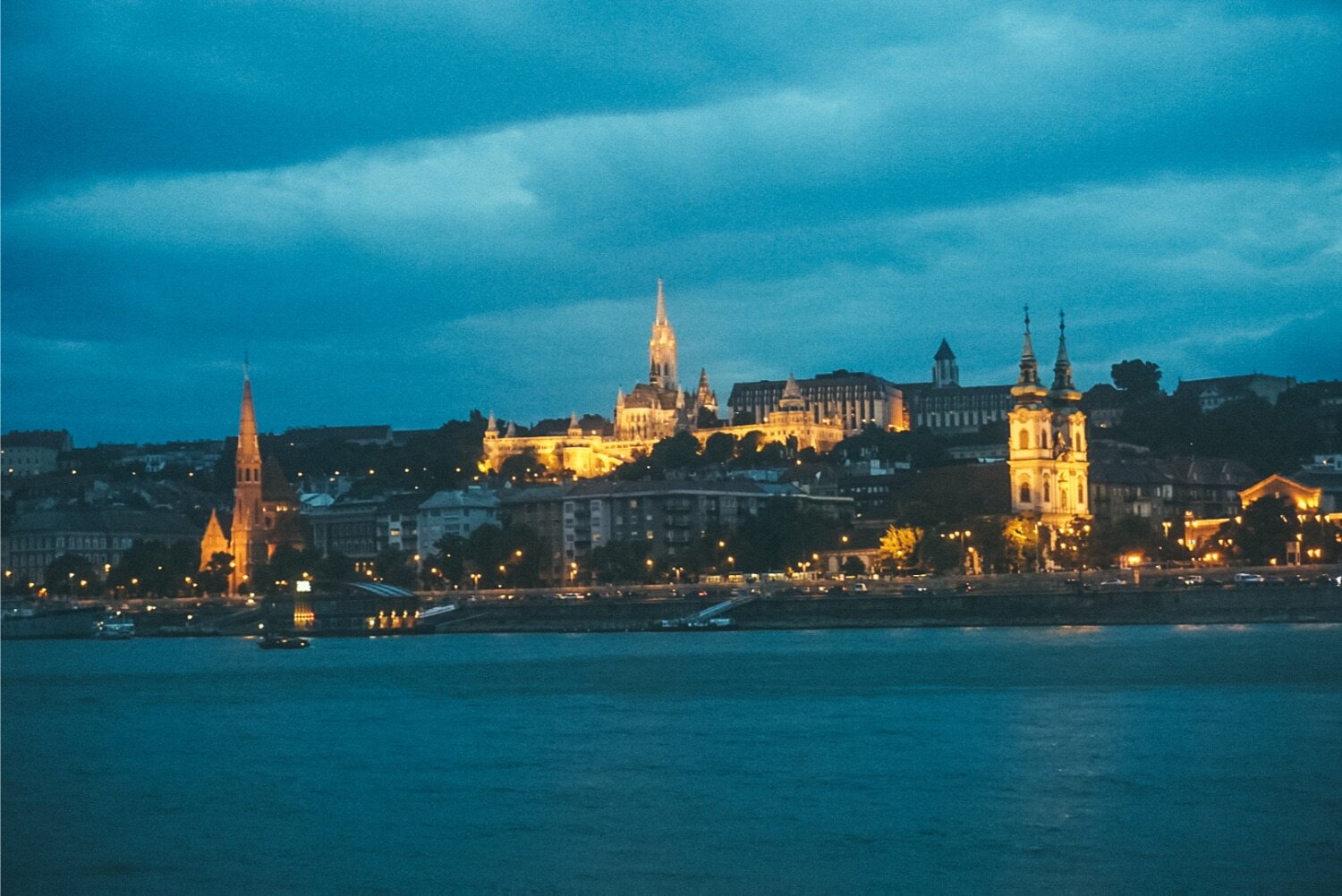
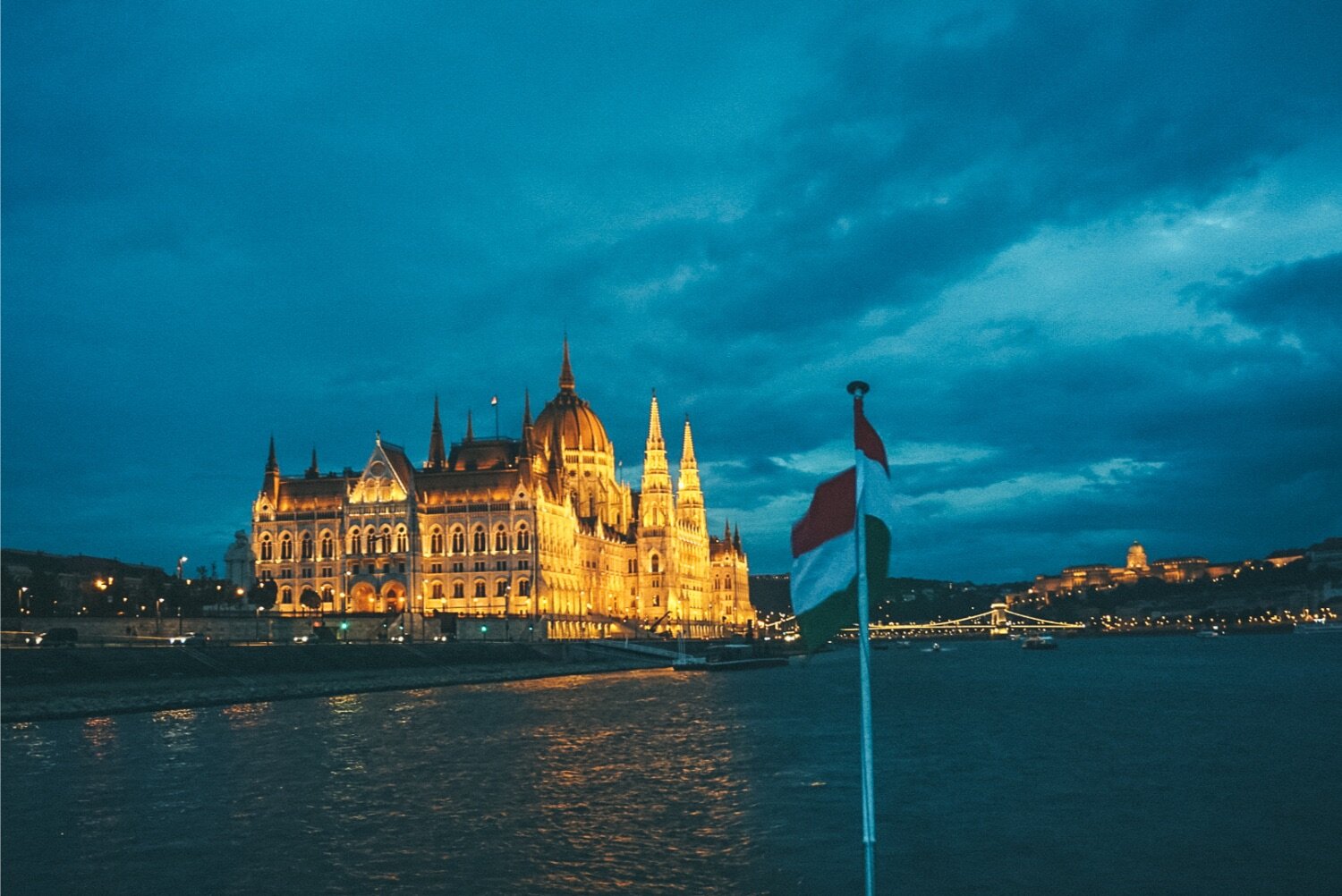
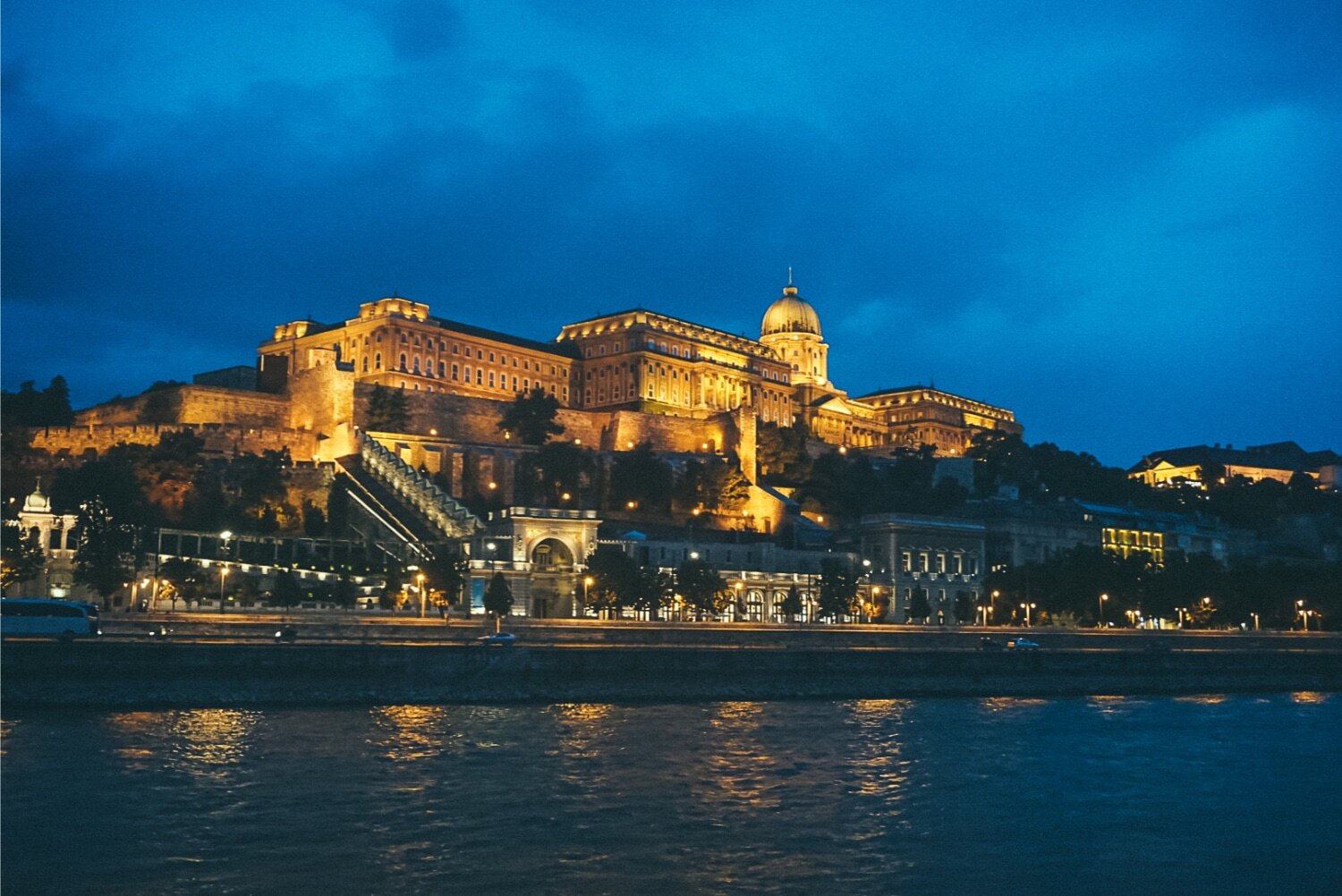
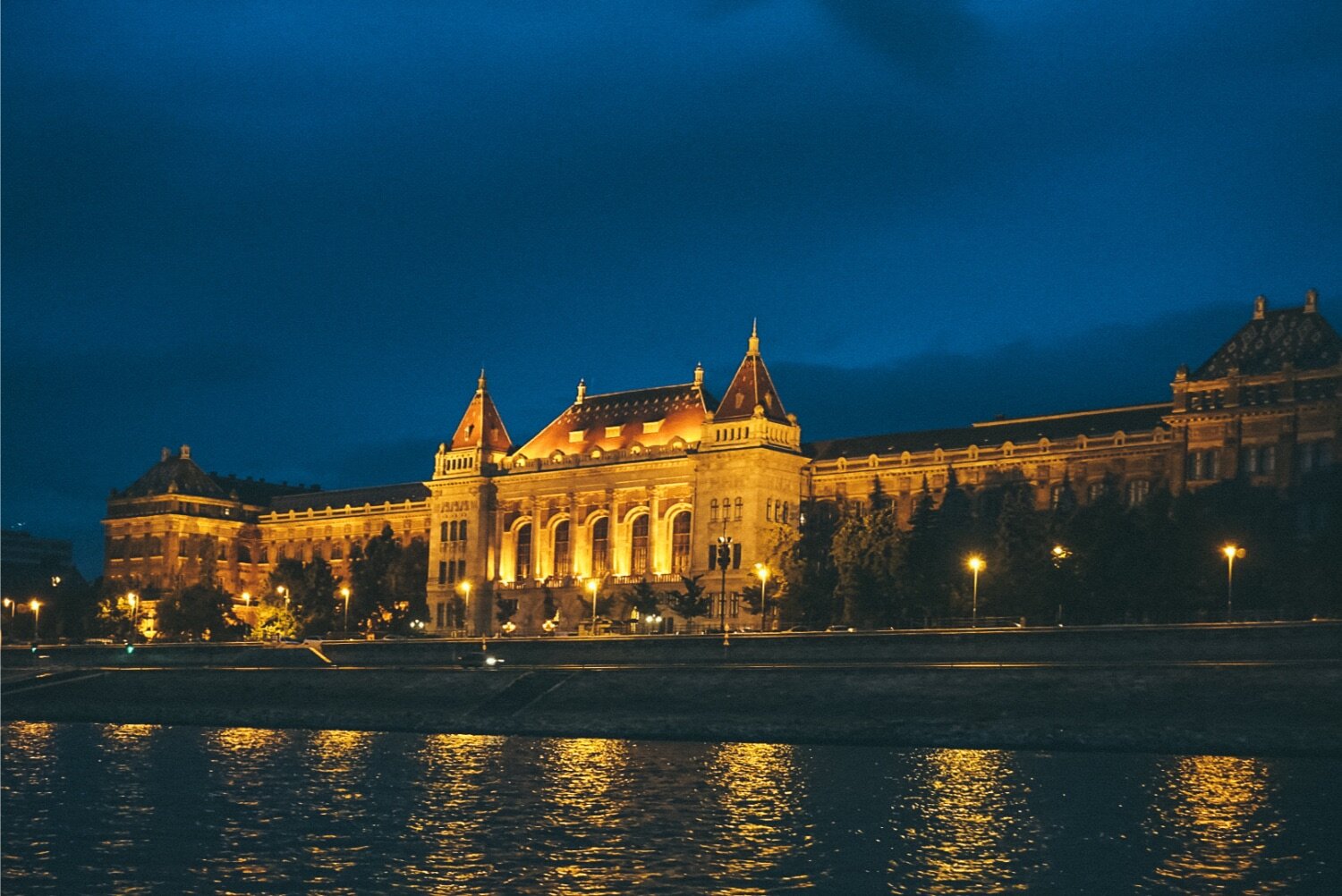
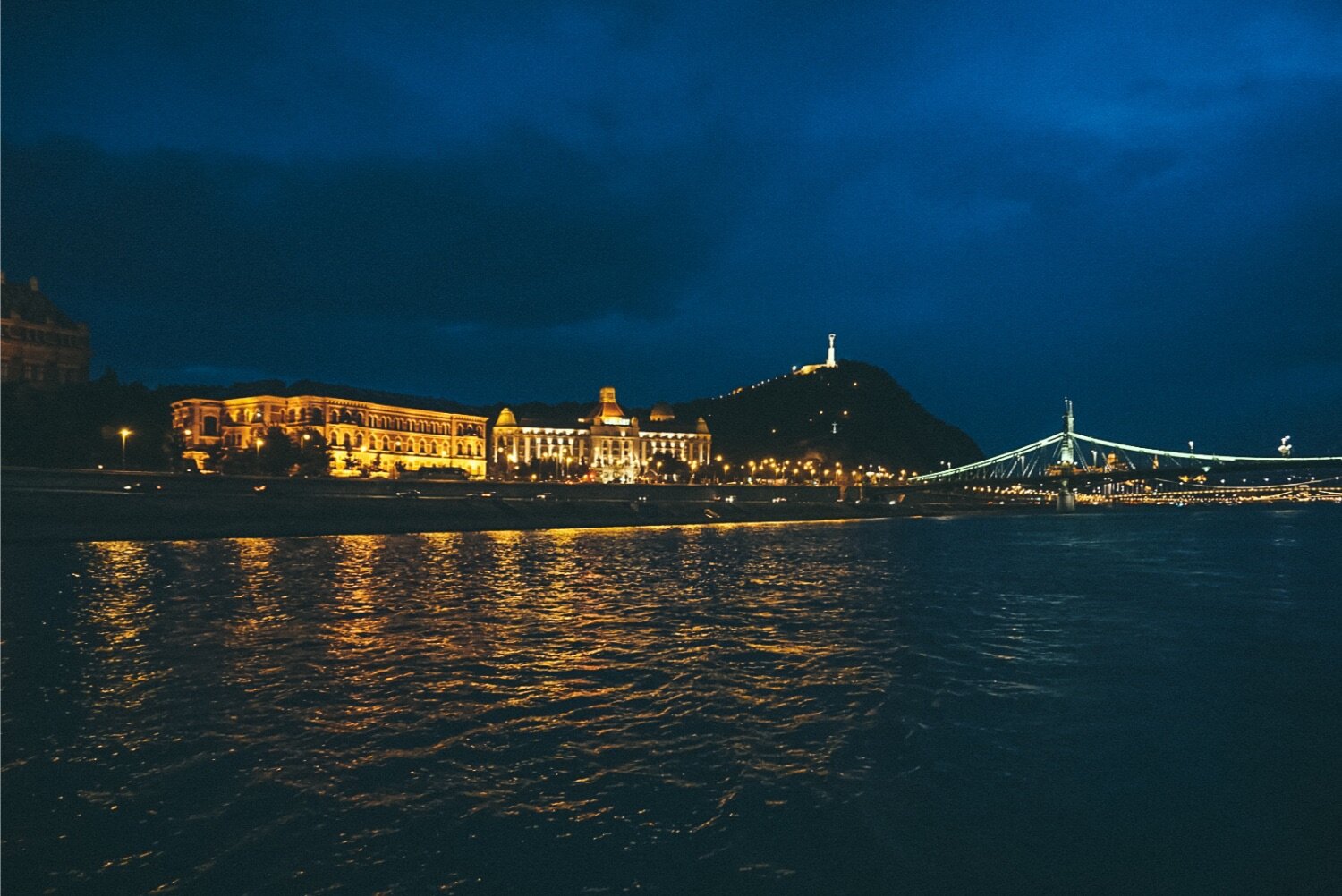
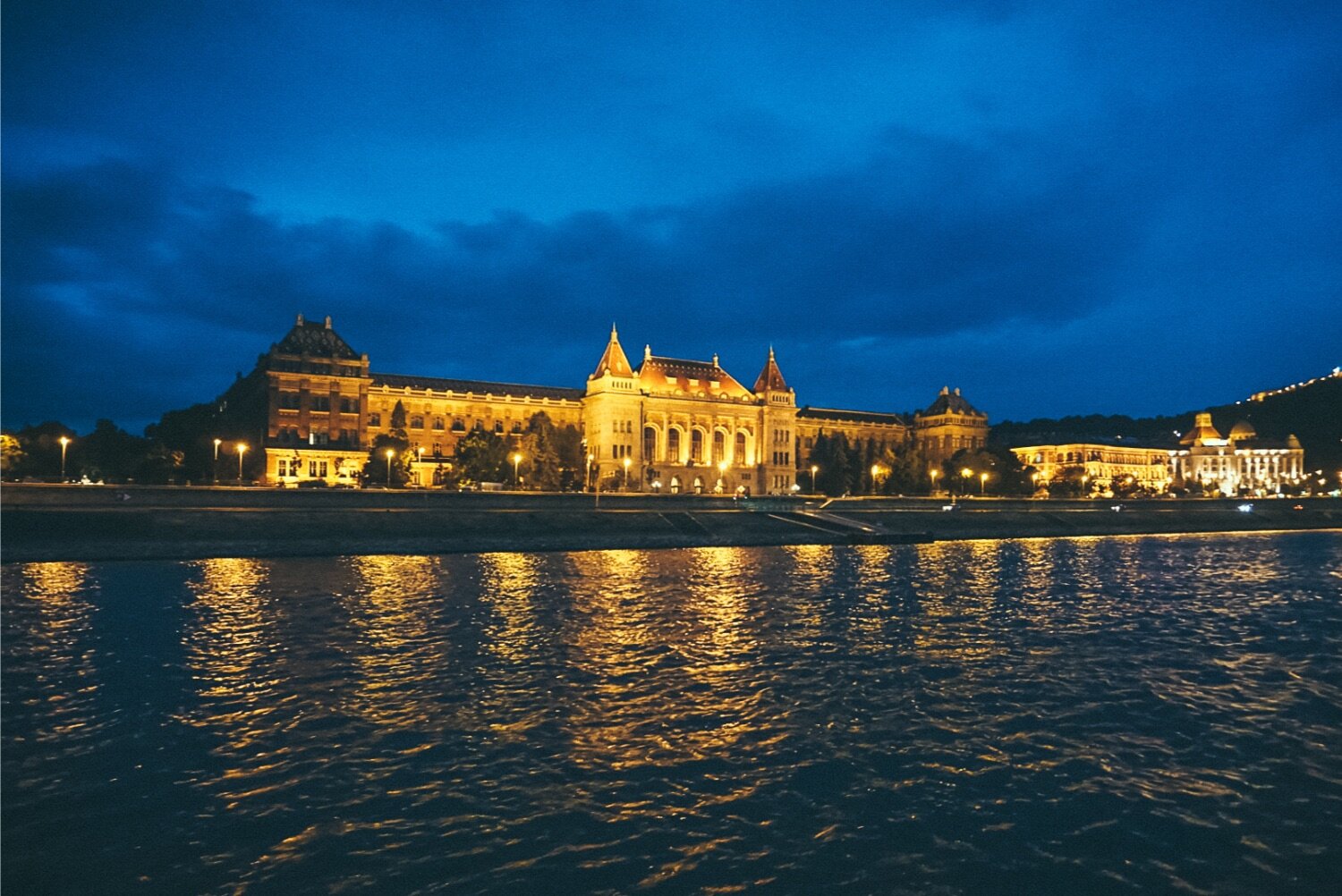
Of course, we also did some quintessentially touristy things during our time in Budapest. We took another ‘free’ walking tour, the Free Budapest Walk with a bearded young hipster man named Zoltan who really helped us get into the flow of the city and its past. We saw the city’s highlights including gauzing at the Hungarian Parliament, walking across the Chain Bridge, admiring the Liberty Statue (which was just a renamed Soviet monument), climbing the Buda Castle, and marveling at the view from Fisherman's Bastion. This was one of the longer and more intense walking tours (made even more so by the hot summer temperatures), but we learned how the Hungarians survived centuries of foreign empires with a unique culture and spirit. In addition to the walking tour we spent an evening doing a sunset tour cruise on the Danube River which was well worth the price for the views alone. Kelly also throughly enjoyed spending most of the day at the art museum where they happened to be featuring a plethora of work by Frida, one of Kelly’s favorite artists.
Food Culture
Of course, we also ate! Food is a big part of the tourist experience in Hungary and we delighted in the wonderful meals from hipster street/stall vendors to traditional restaurants scattered throughout the downtown area. Our favorite place was a crazy subway sandwich shop called Bors GasztroBar (currently #2 on tripadvisor of all restaurants in Budapest) which served delicious but cheap sandwiches and soups while blasting rap music to the ever-present line of customers. We also had higher brow traditional Hungarian food including chicken paprikash and Hungarian goulash. Though much of the Hungarian food is brown (and bad for you), the tastes are amazing!
Post-Communist Culture
Make no mistake about it, Budapest suffered under Communist rule. Especially following the Soviet suppression of the Hungarian Revolution of 1956, Budapest was made an example of to the other Warsaw Pact countries. We took a ‘free’ Communism Walk and learned about the resilient Hungarian people and the struggles to adapt to then beyond Communism over the past decades. While the emotional scars of these fraught times might be slowly fading, other signs of Soviet rule pose modern problems. This is especially true of the crumbling Soviet buildings; however, the news there is not all bleak. Entrepreneurs have made lemonade out of lemons with the creation of ‘ruin bars’ which are nighttime watering holes for the city’s hipsters (and now many backpacker tourists) set in the dilapidated shells of former factories and calk full of various forms of art, these graffitied bars are the epitome of post-Soviet cool and are worth checking out as one of the most unique bars we have ever seen.


